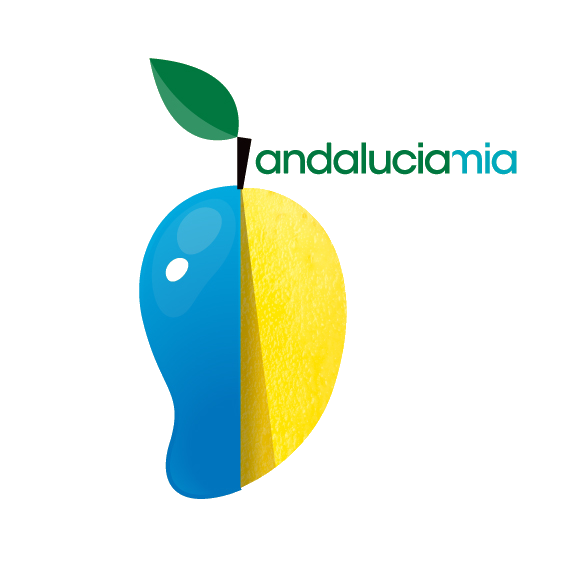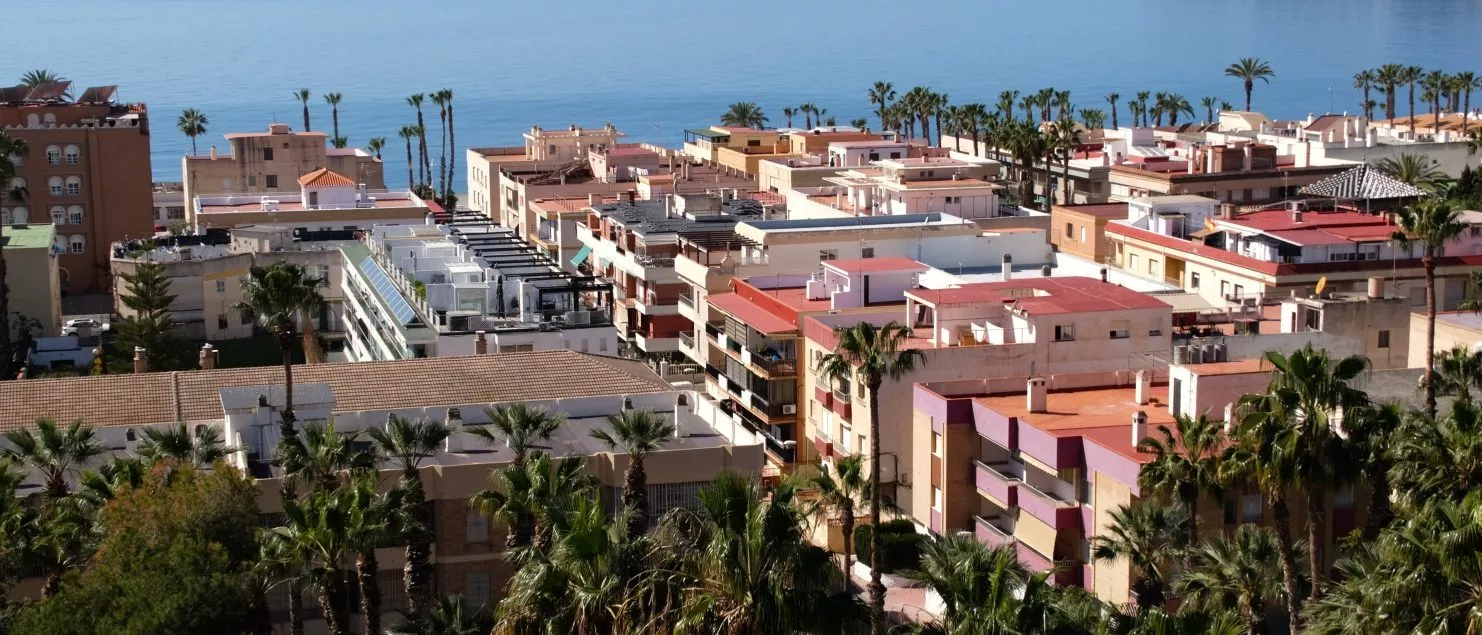Almuñécar what to see – 13 highlights of the city of sexitanos
Visit Almuñécar, its incredible Roman heritage and 26 beaches
In this article you’ll find the essential information on the best things to see in Almuñécar :
- The origins of Almuñécar
- Almuñécar today
- Where is Almuñécar in Andalucia?
- What can you see in Almuñécar?
- What can you do there?
- with an extraordinary idea for a visit
- What to see around Almuñécar?
- Book accommodation
- Some useful links (car hire, other ideas for visits)
The origins of Almuñécar
Almuñécar has a history dating back 3,000 years. It was founded by the Phoenicians under the beautiful name of Ṣekṣ at the end of the 9th century BC.
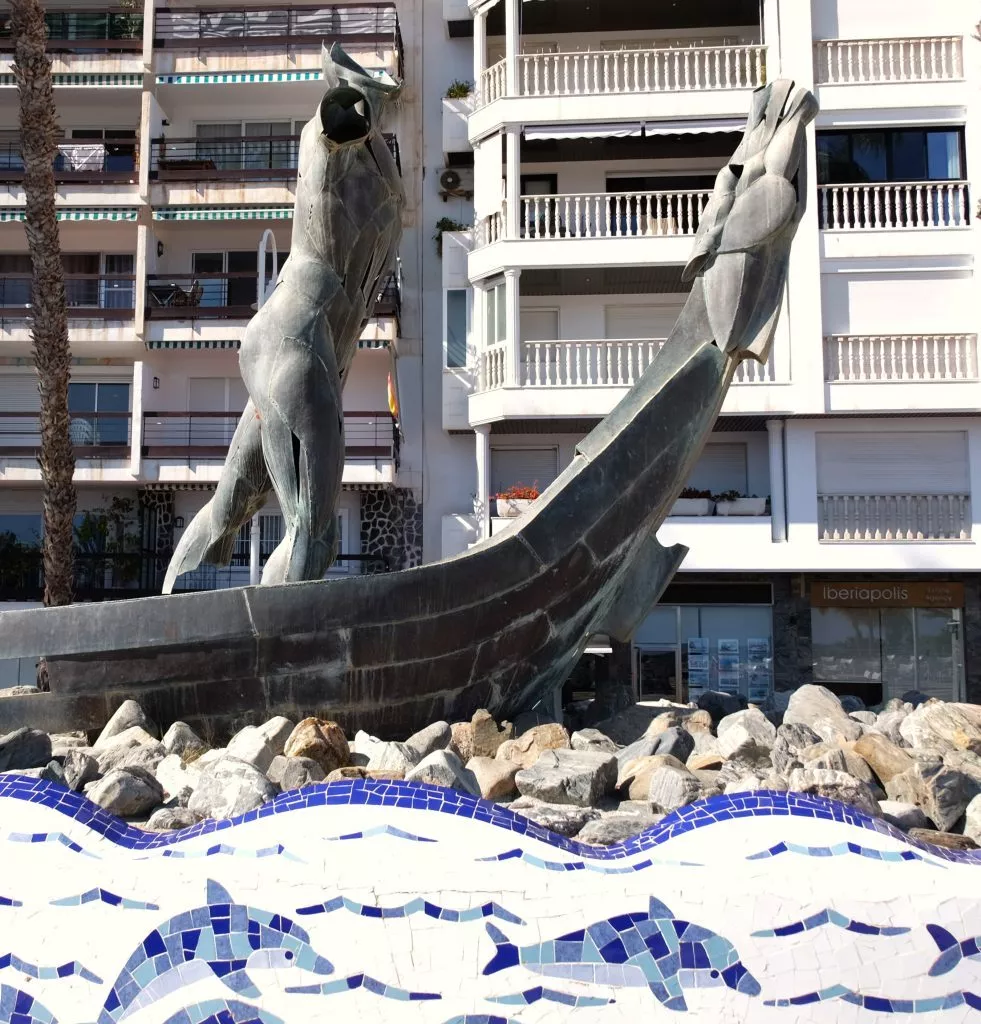
During the Roman era, from the end of the 3rd century BC, it was known as Sexi Firmum Iulium from 59 BC onwards.
Today’s toponym Almuñecar derives from Arabic and the name given to the town under Al-Andalus: حصن المنكّر, hisn al-Munakkar. Almuñécar comes from the Hispanisation of the Arabic name.
In two words (the toponym and the demonym), Almuñécar and sexitanos, here is a heritage still very much alive from 3,000 years of history and three civilisations.
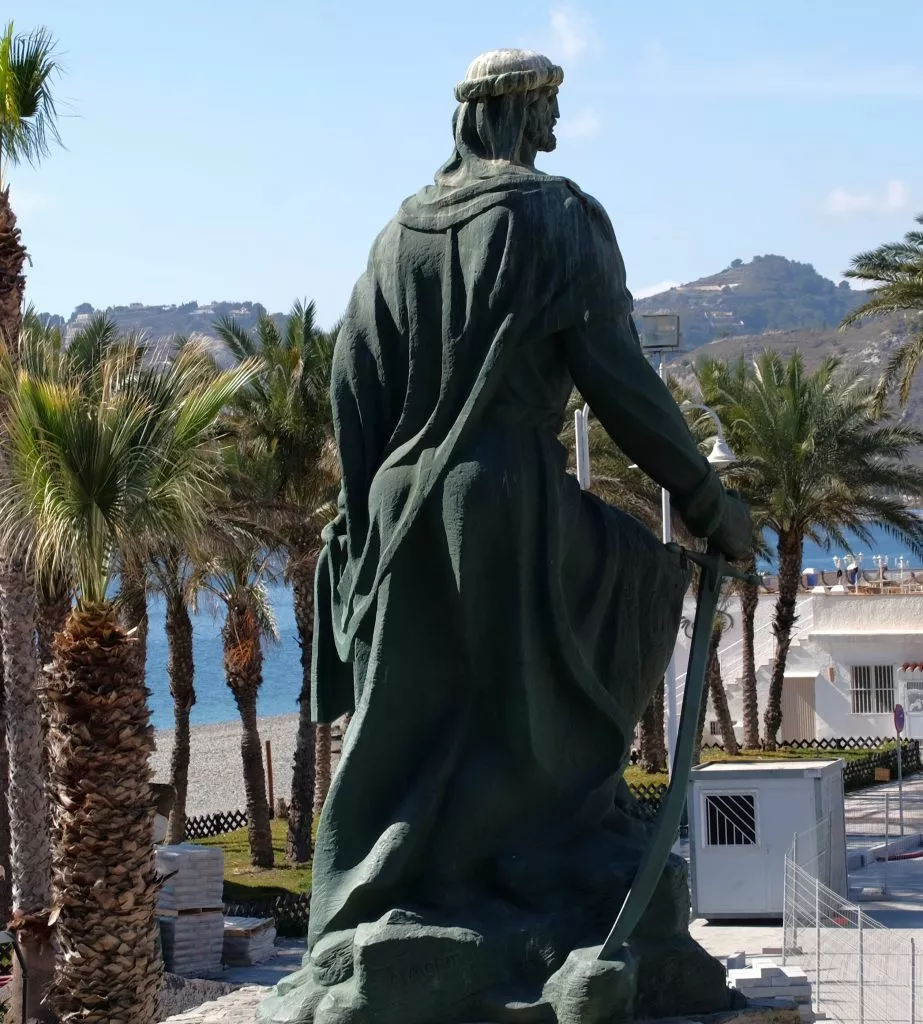
The major event of the Al-Andalus period: on August 15, 755, Abd al-Rahman I landed in the port of Almuñécar and founded the emirate of Cordoba one year later.
Historical note: After the Abbasid coup that put an end to the Damascus Umayyad caliphate in 750, the Umayyad prince Abd al-Rahman I took refuge in Andalucia, then proclaimed himself emir of Cordoba in 756.
Below is a historical curiosity from the 16th century with the city’s coat of arms, which could be misleading with what has just been mentioned: it was granted by Carlos V in 1526, to thank the city for repelling the numerous Berber pirate attacks on the coast.
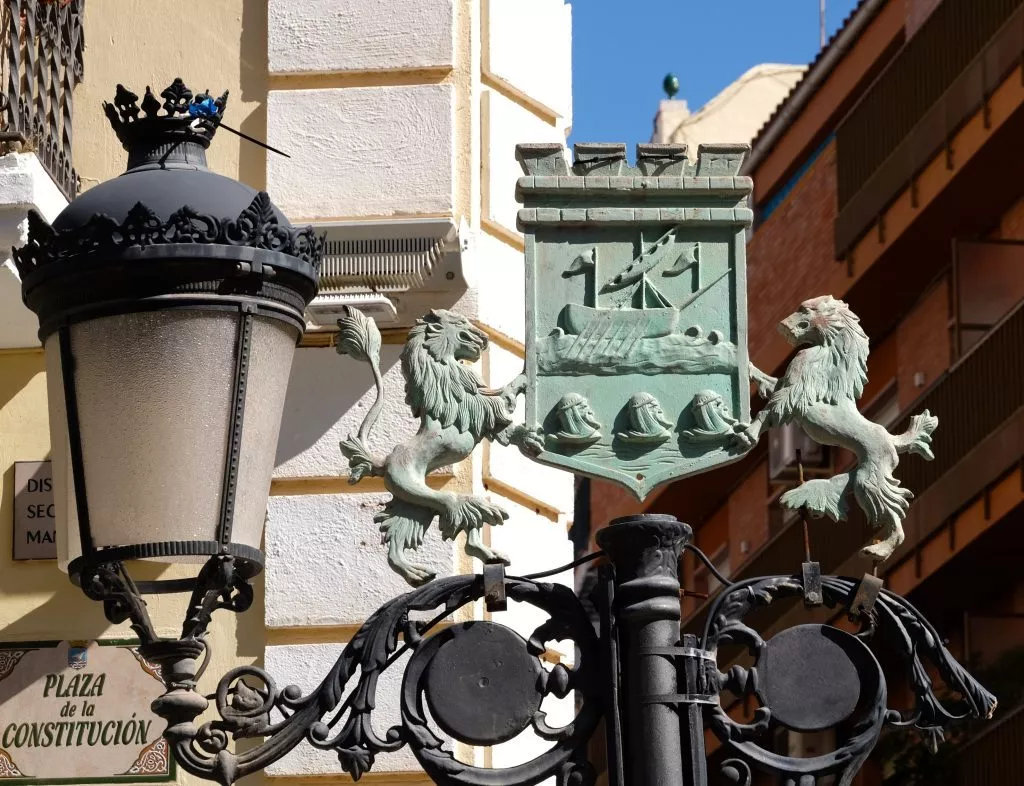
Note: when you’re there, it’s a wonderful feeling to be able to feel, see and admire the incredible heritage of these civilisations.
Almuñécar today
This small town has become the main seaside resort on the Costa Tropical, in the province of Granada.

Although it has undergone a great deal of urban development on the coast, it still retains some lovely little treasures linked to its history. It also boasts 26 beaches along a 19km stretch of coastline.
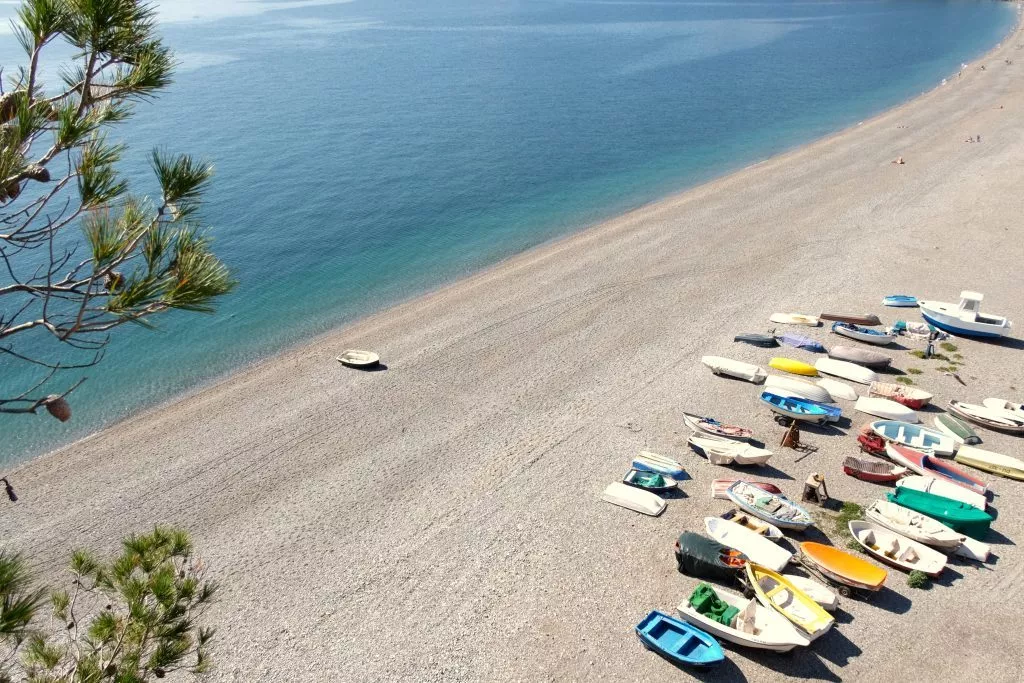
The beaches are really very beautiful, and some of them are in a protected Natural Park: the Parque de Maro-Cerro Gordo. The nudist beach at Cantarriján, in this Natural Park, is a marvel and one of the most beautiful sexitana beaches.
Here’s a short video (quality is average) I made of this beach in Cantajirrán. Humans aren’t the only ones to appreciate this place.
Almuñécar is also renowned for its many scuba diving sites. Below is a link to a centre offering diving and snorkelling in Almuñécar.
Where is Almuñécar in Andalucia?
Almuñecar is in the province of Granada, on the Costa Tropical.
What to see in Almuñécar :
- The old town
- San Miguel Castle
- Cave of Siete Palacios
- Little Palace of La Najarra
- Roman Columbarium Torre del Monje
- Roman bridge
- Roman aqueduct
- Roman baths
- Church of La Encarnación
- El Majuelo, a botanical and archaeological park
- The rock and beach of San Cristóbal
- Maro-Cerro Gordo Cliffs Natural Park
- Loro Sexi Botanical Ornithological Park
The best way to explore the historic centre of Almuñécar is from the bus station, below:
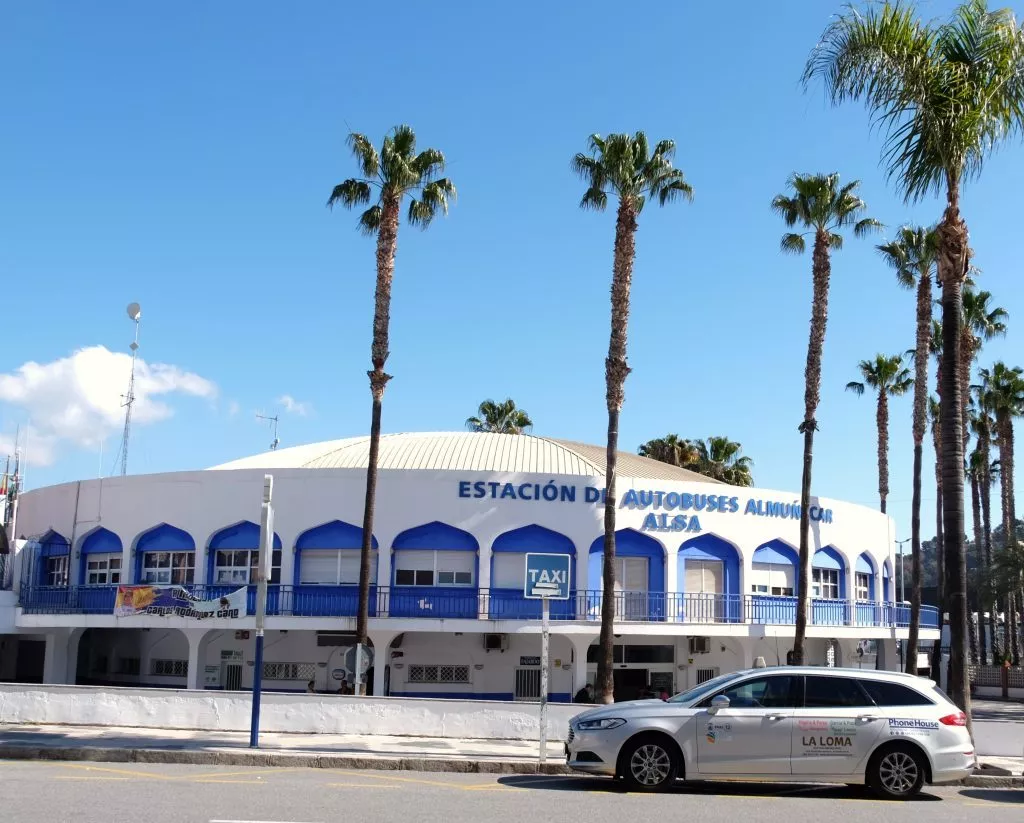
Note: among the sites to see in Almuñécar, there are 3 that are outside the town. They will be mentioned here.
The old town a wonder to see in Almuñécar
Strolling through Almuñecar’s old town and its narrow streets is a real treat.
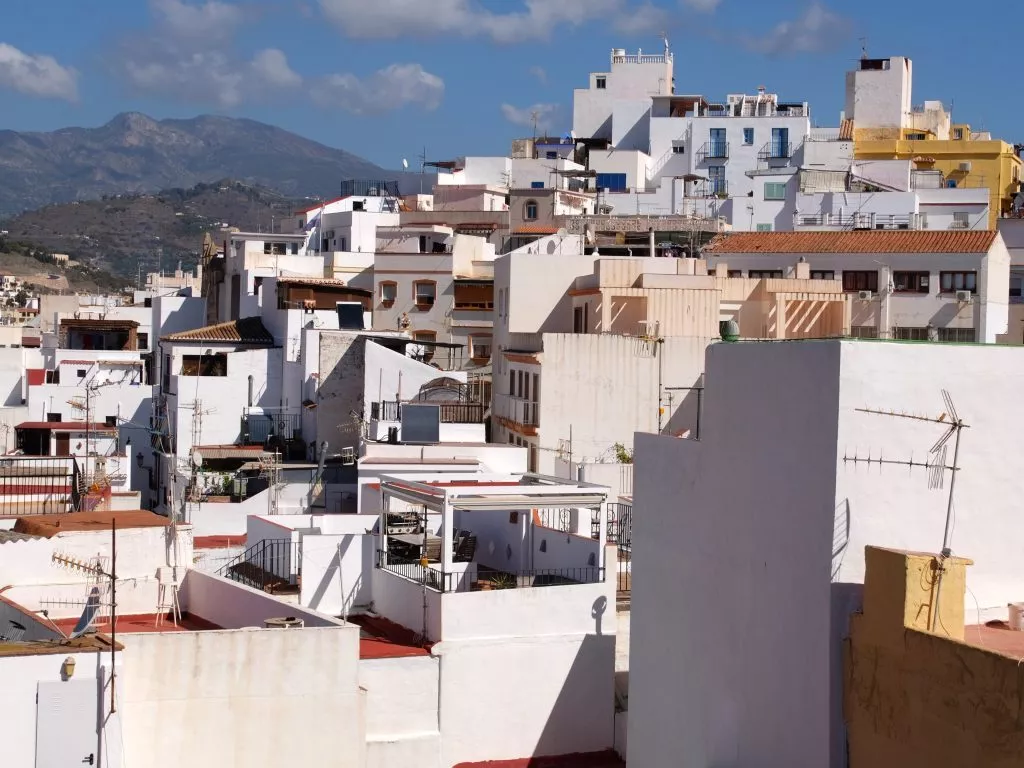
It’s even a pleasure to get a little lost in the old town.
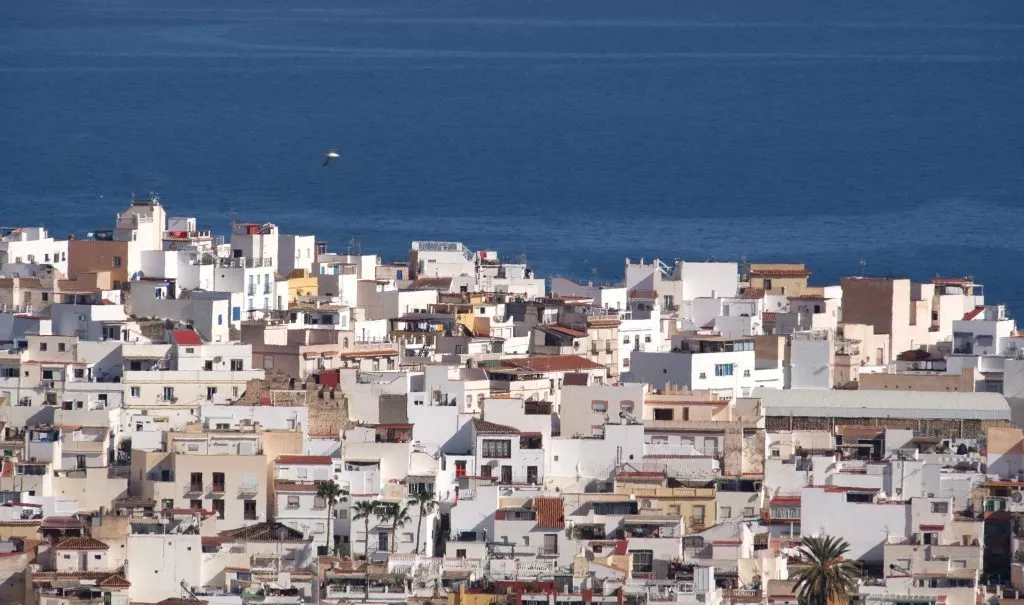
You’ll find cobbled streets:
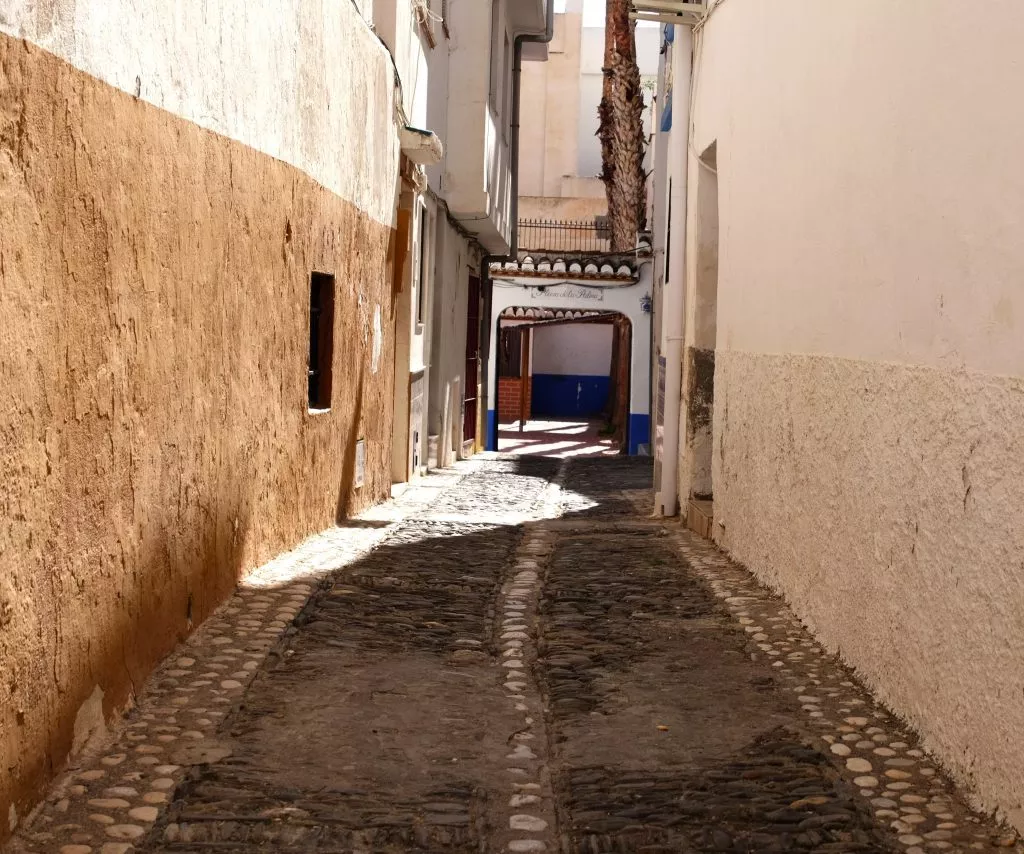
But also charming squares with little restaurants serving local specialities.

The architecture of the city… as it might have been during the Al-Andalus period.
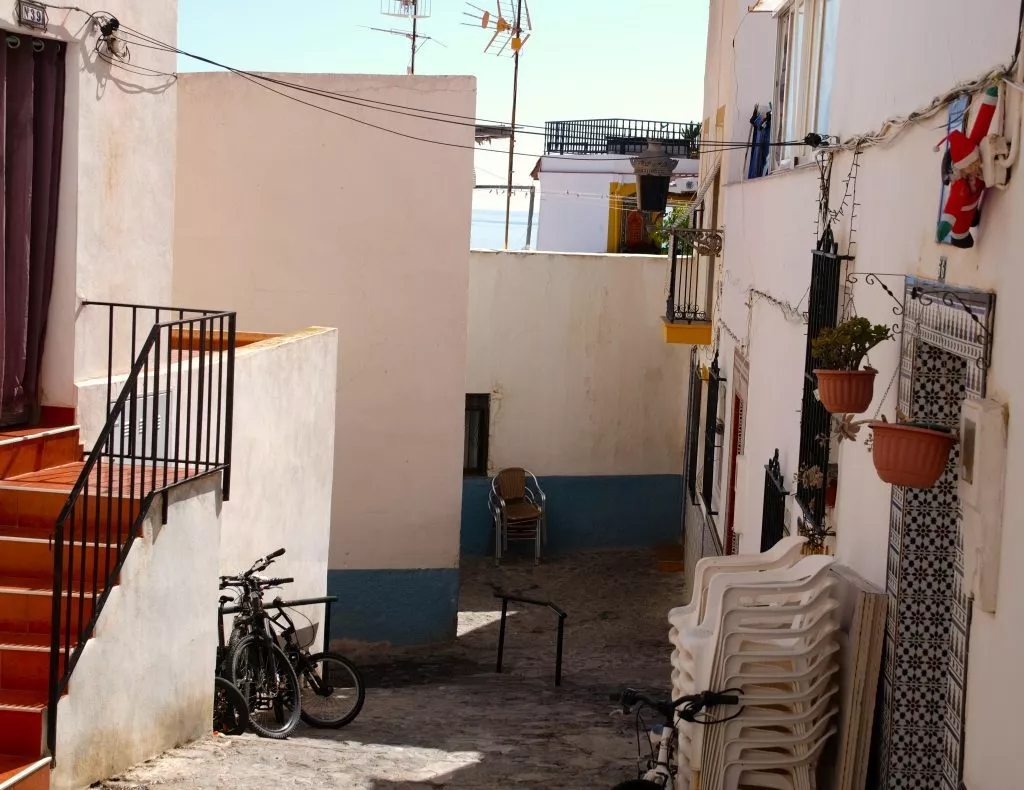
There is a square and narrow streets (photo below) around caves dug out by the Romans, which give a very curious appearance with the ruins remaining between the houses. Some houses still have access to these caves – see below with the archaeological museum- .
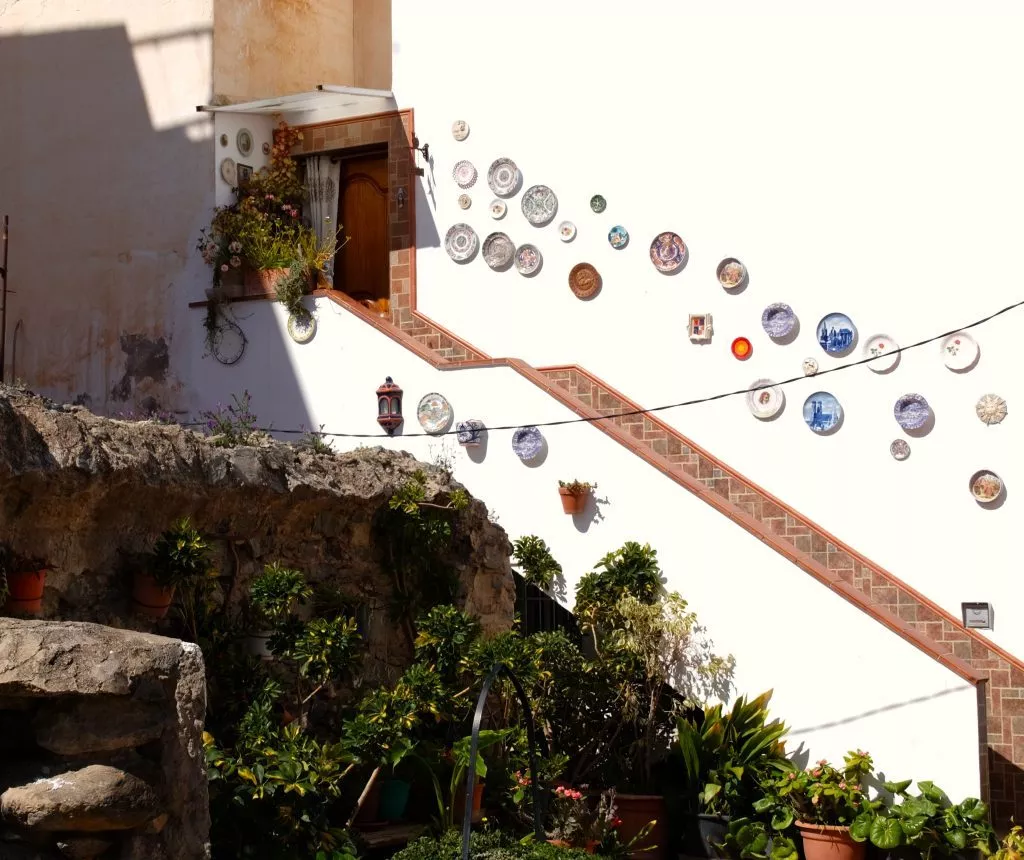
And to finish with the old town, here’s the front door of a casa, the casa mañana. I loved the colour and the name given to the house. I imagined a dream come true for its occupants.
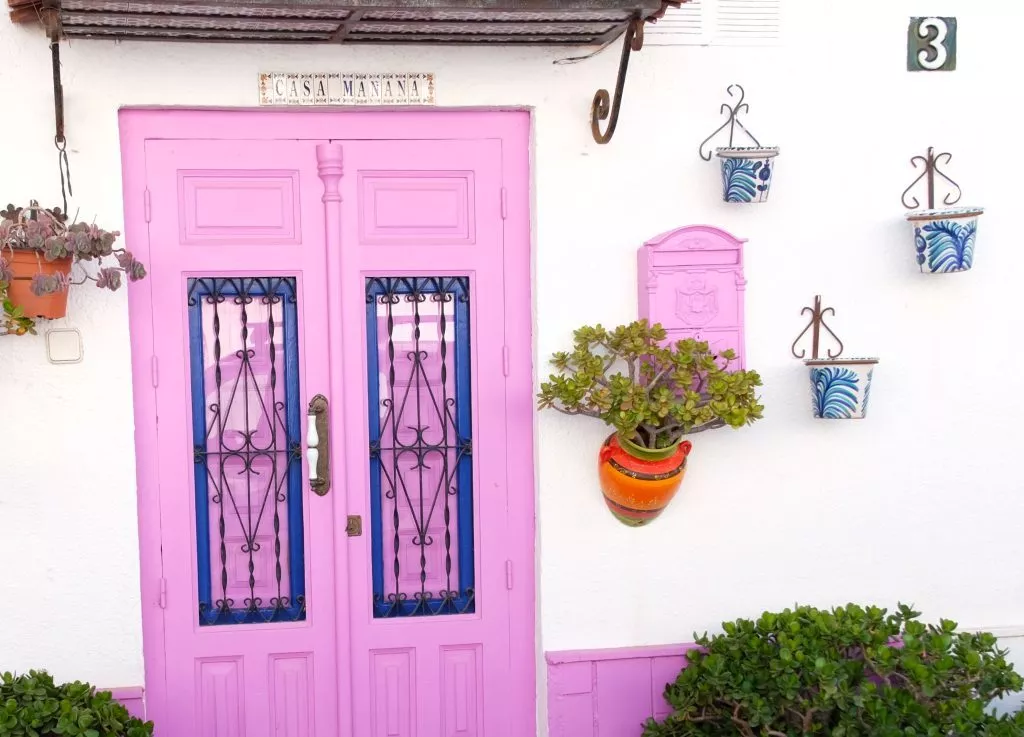
San Miguel Castle a must see in Almuñécar
You can get to this castle from the old town. It is located on the heights of Almuñécar and dominates the town, offering magnificent panoramic views.
Its origins date back to the Al-Andalus period. Part of the Arab wall is still visible. The castle also houses the city’s history museum.
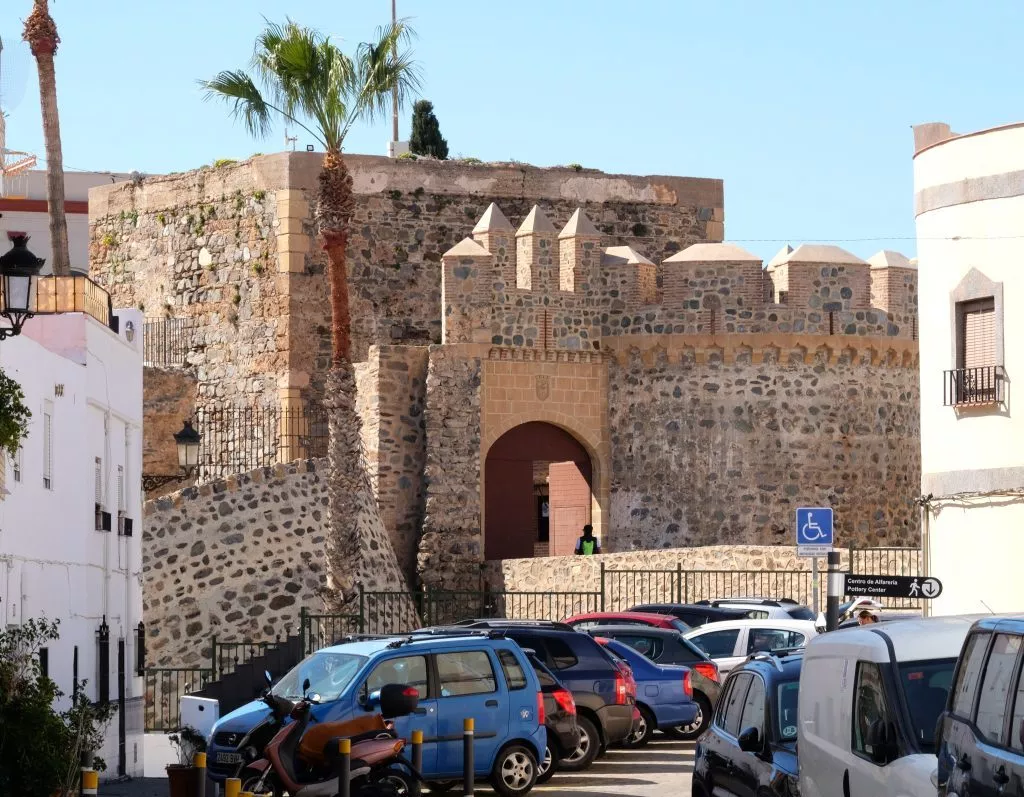
Under Charles V – Carlos Quinto – a moat and drawbridge were built. The four round towers also date from this period.
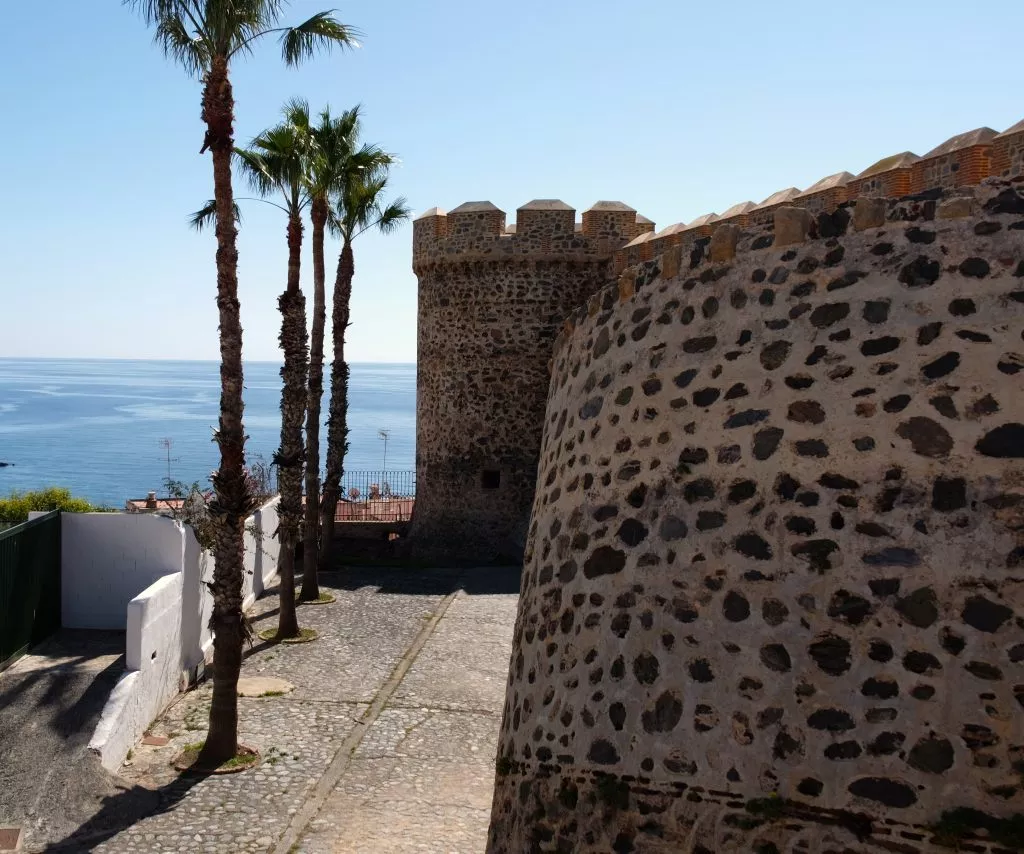
Cave of Siete Palacios
According to historians, this imposing cave, divided into several rooms, was a temple built by the Romans and dedicated to the goddess Minerva.
The cave was also dug out and used as stables to make room for new inhabitants.
It now houses the Almuñécar Archaeological Museum.
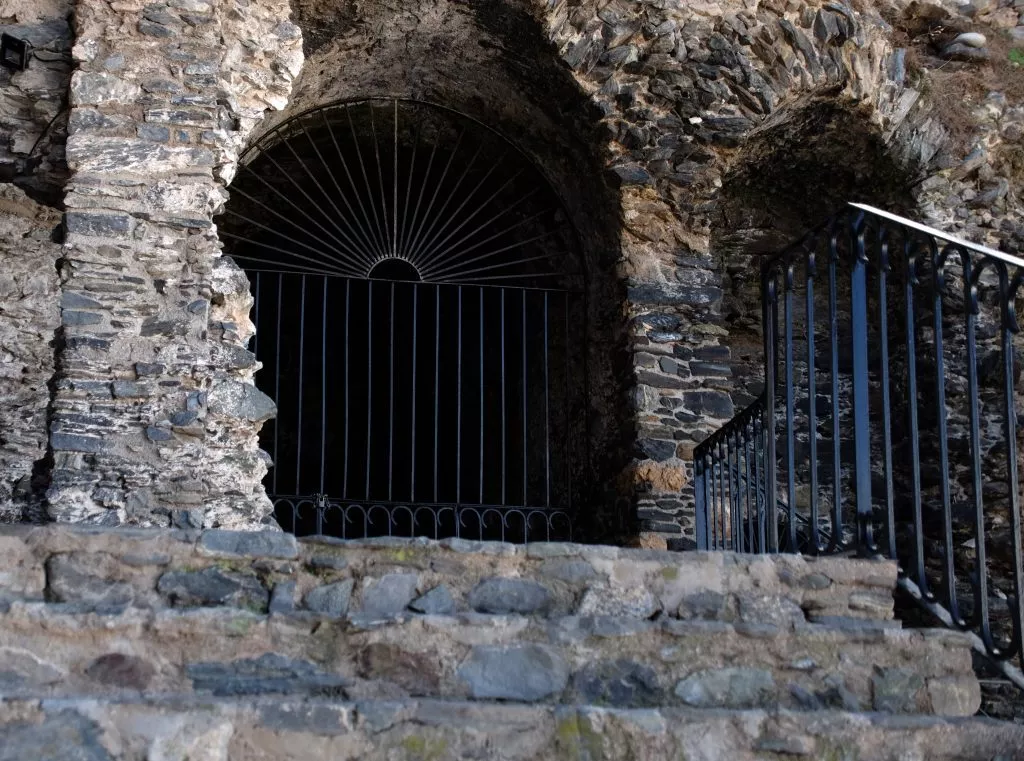
The archaeological museum has a wealth of relics to offer enthusiasts of the Phoenician era.
It also offers a sacred treasure: the oldest written text found in the Iberian Peninsula:
This written text is 3,700 years old. Hieroglyphics can be seen on the canopic vase of Apophis I of Egypt, which dates from the 17th century BC.
While we know the origin of these hieroglyphs, 2 mysteries remain: how was this funerary vase found in a simple house and how did it end up here?
Little Palace of La Najarra
The Palacete de la Najarra is a neo-Arabic-style palace built in the mid-19th century.

This small palace now houses the Almuñécar – La Herradura Municipal Tourist Office.
Torre del Monje Roman Columbarium
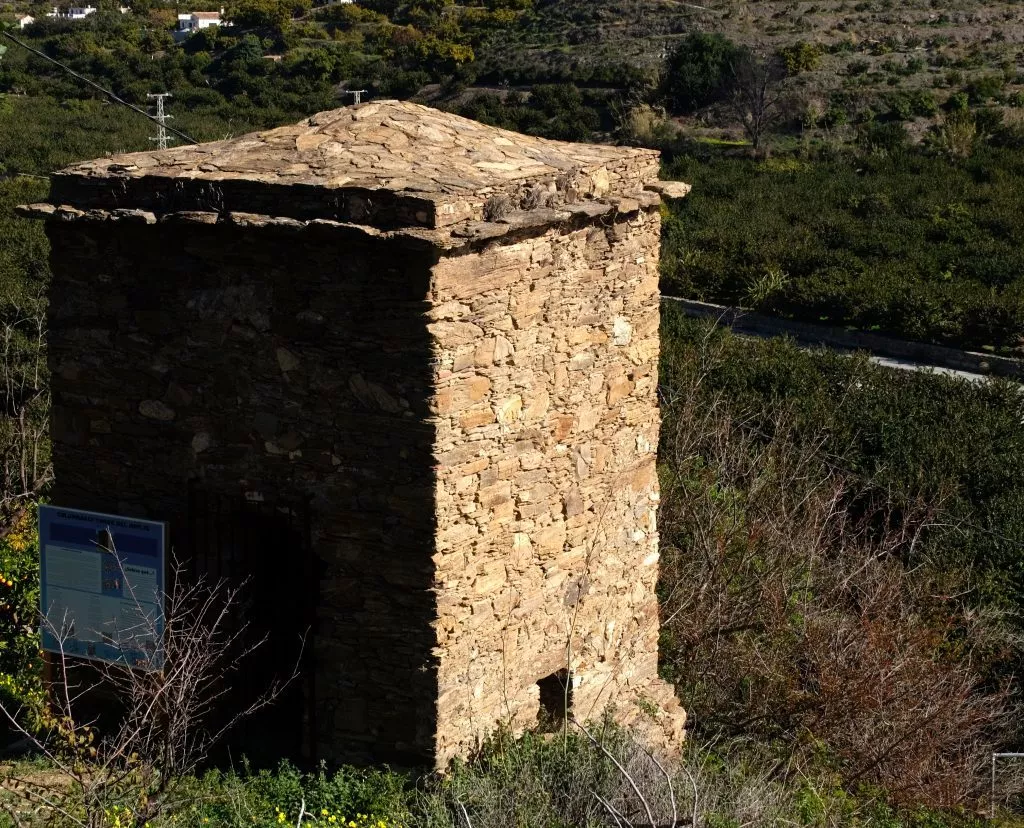
This is a Roman burial vault from the 1st century, located in the town of Torrecuevas. Cremation was a common Roman practice. Urns containing the ashes of the deceased were placed in the columbarium.
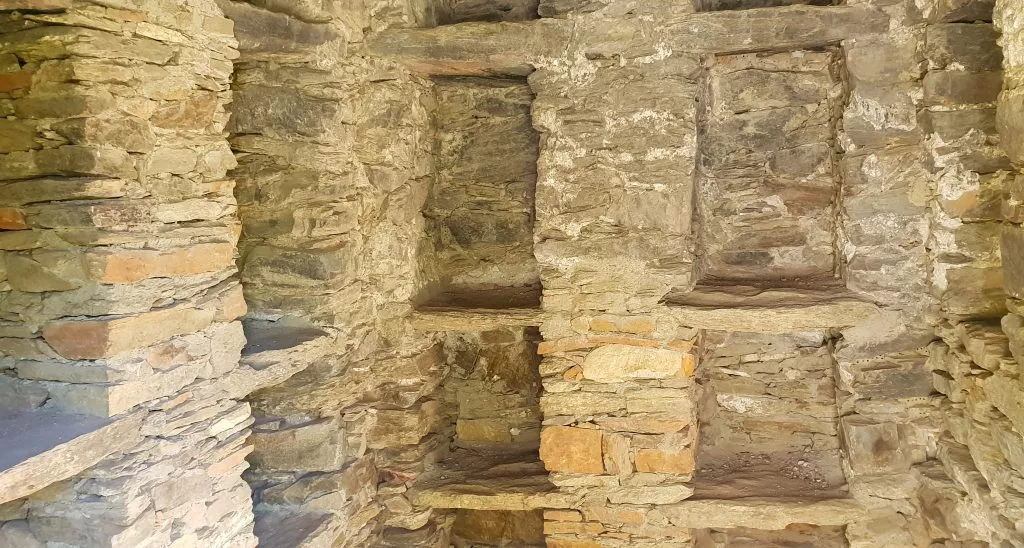
Note: this incredible monument site is just a few minutes’ drive from the town.
Cotobro Roman bridge
This Roman bridge is located in Cotobro, between Almuñécar and La Herradura. The surroundings of the bridge are quite spectacular, with a beautiful little beach at the bottom that bears the same name as the bridge.
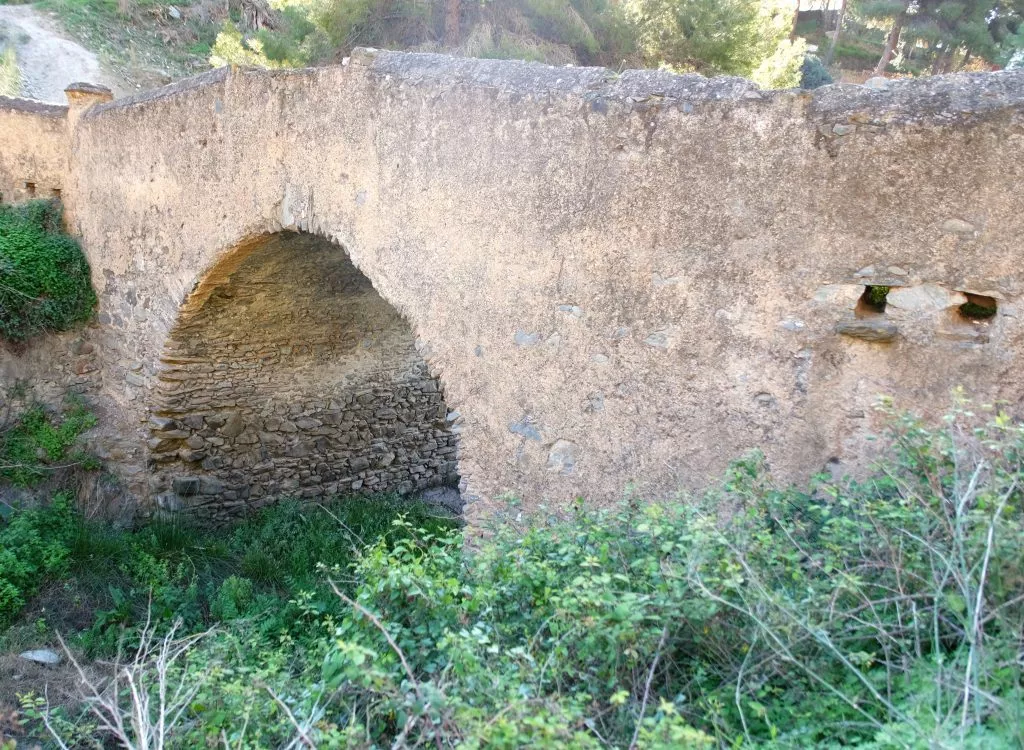
The Roman bridge at Cotobro is also known as the old Almuñécar bridge.
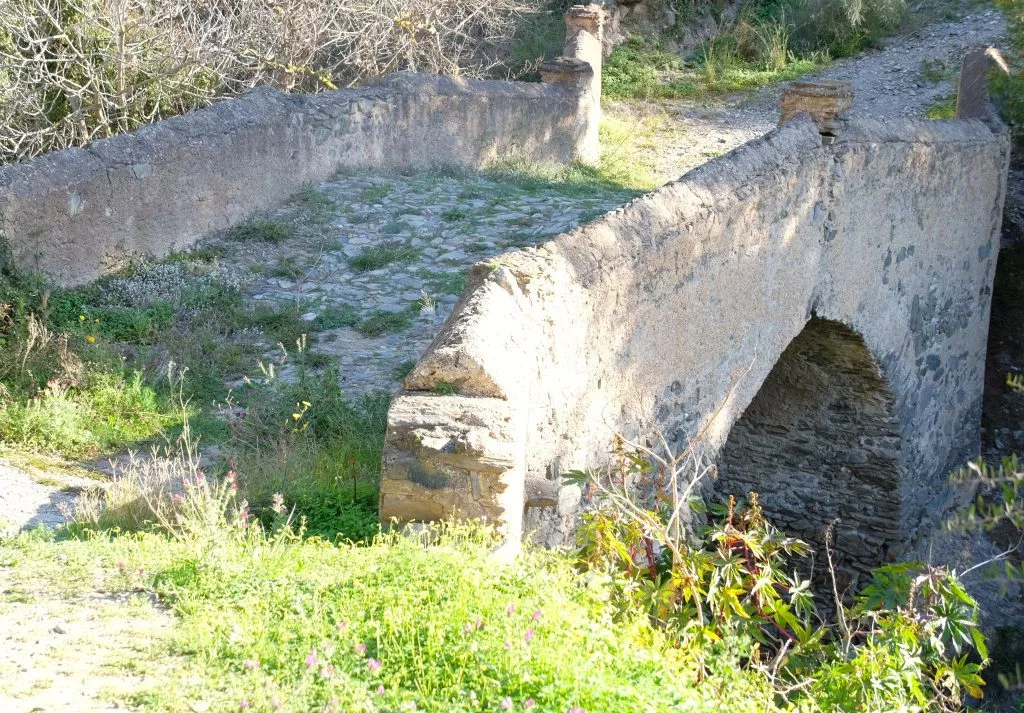
Roman aqueduct of Sexi
The Roman aqueduct at Sexi dates back to the 1st century. It is 7 km long. Various sections of it can be seen both outside and inside the city.
The Almuñécar aqueduct was declared an asset of cultural interest in 1931. It has to be said that in places its state of conservation is exceptional. The section pictured below is known as the Santa-Cruz aqueduct or Acueducto IV and is located to the north of the town.
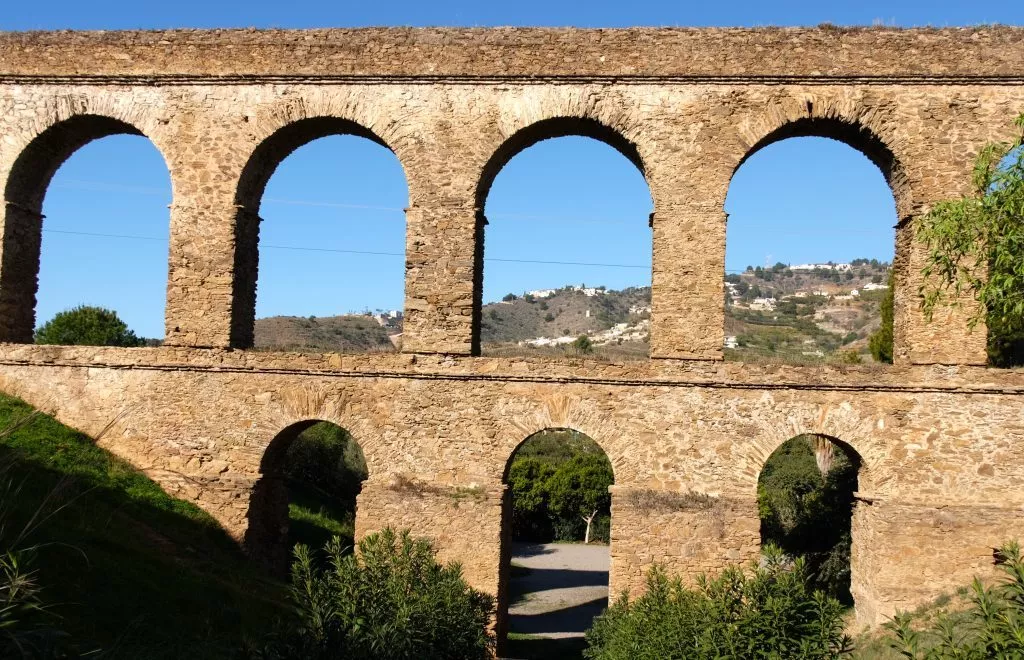
It is still used upstream as an irrigation canal in some places to irrigate the fertile Almuñécar plain. This is why it has been so well preserved over time.
It is recognised as the best preserved in Andalucia.
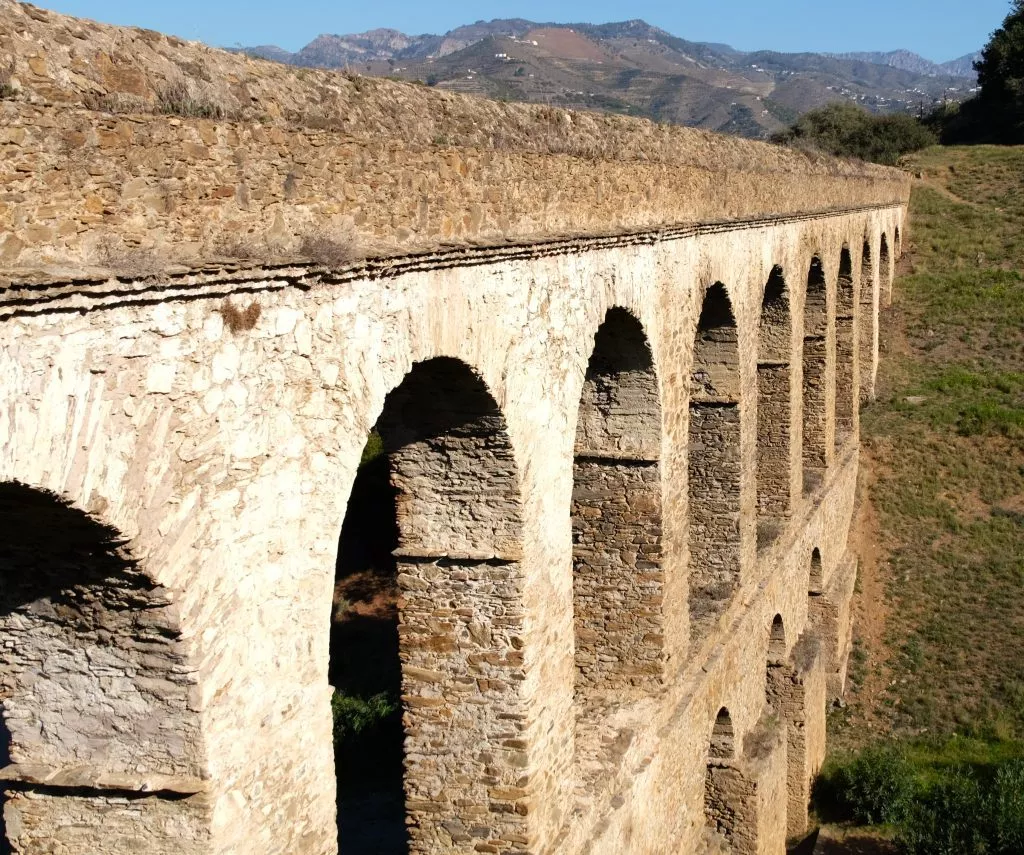
2,000 years ago, there was a great need for water for salting fish (more on this below). So Roman engineers built five interconnected aqueducts. They carried water from the Rio Seco and Rio Verde valleys to facilitate garum production. The five aqueducts still exist today:

Another section, that of Torrecuevas, is also worth seeing.
The Roman baths of Almuñecar, another marvel to behold
The Roman baths and this section of aqueduct – known as the Carrera aqueduct – were discovered in the 20th century. They are located not far from the bus station. The Carrera aqueduct is one of the main civil engineering structures in Roman Hispania.
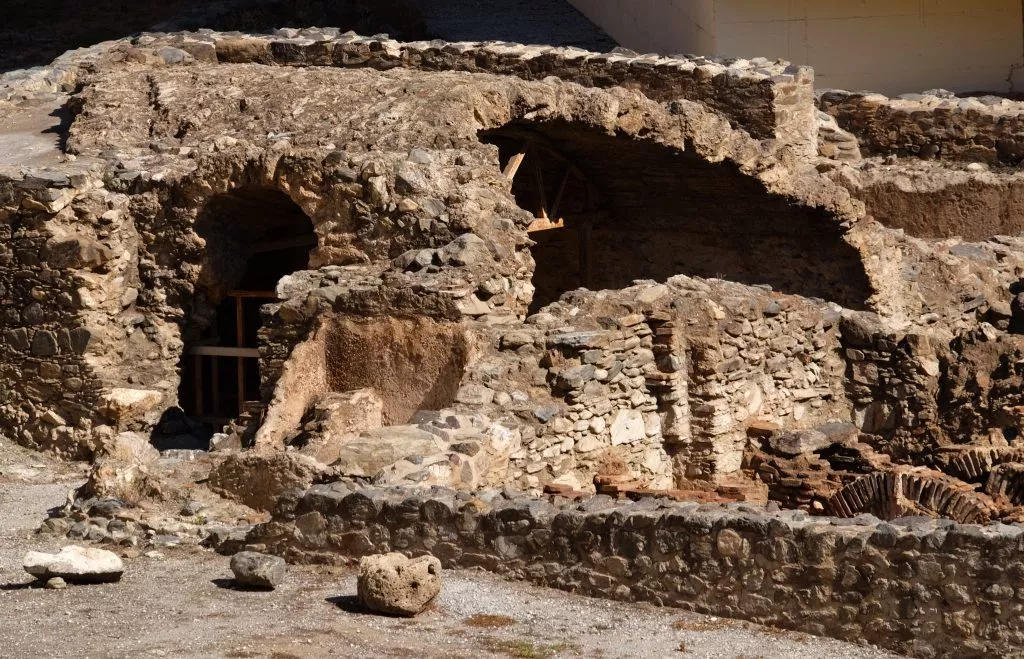
These thermal baths consisted of a cold water room (friguidarium), a warm water room (tepidarium) and a hot water room (caldarium).
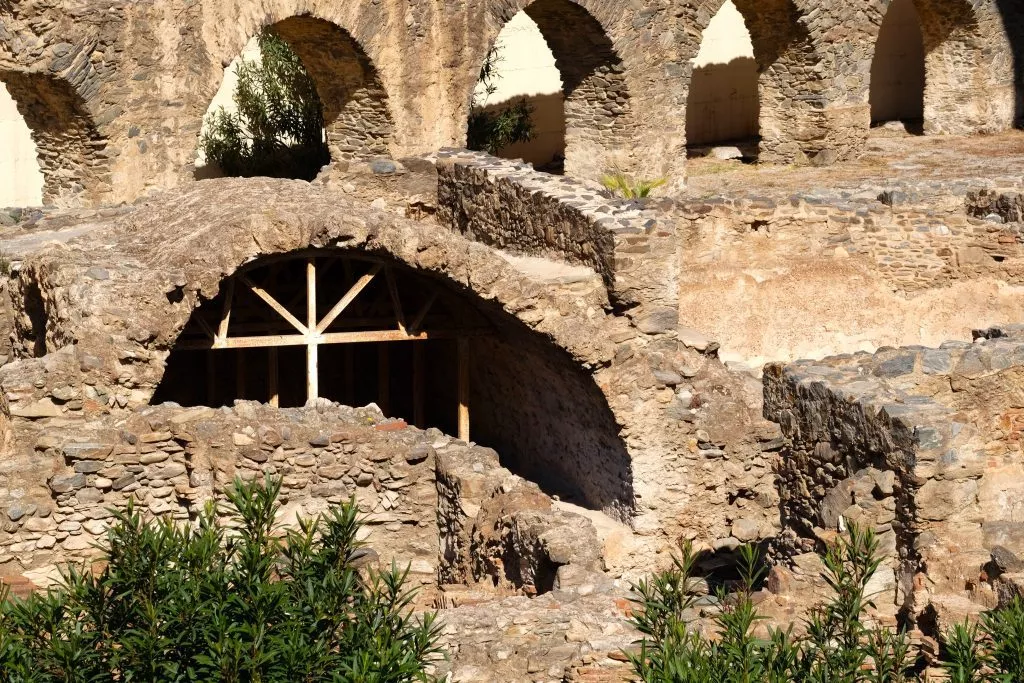
Historical note: this aqueduct has seventeen arches, one of which is the main one, under which the Roman road from Cartago Nova (Carthage) to Malacca (Málaga) passed. This road is part of the Via Augusta road network, known before Romanisation as the Via Herculea. The Via Augusta was the longest road in Roman Hispania. It linked Cadiz to the Pyrenees over a distance of 1,500km!
Church of La Encarnación
This is the first Baroque-style church in the province of Granada.
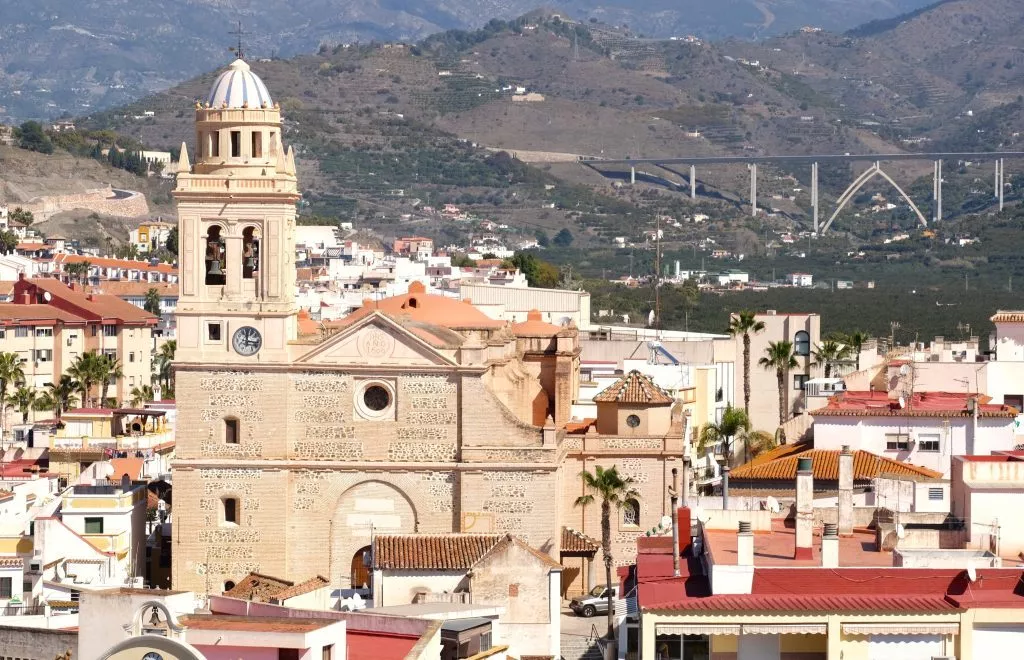
It was built in the 1600s.
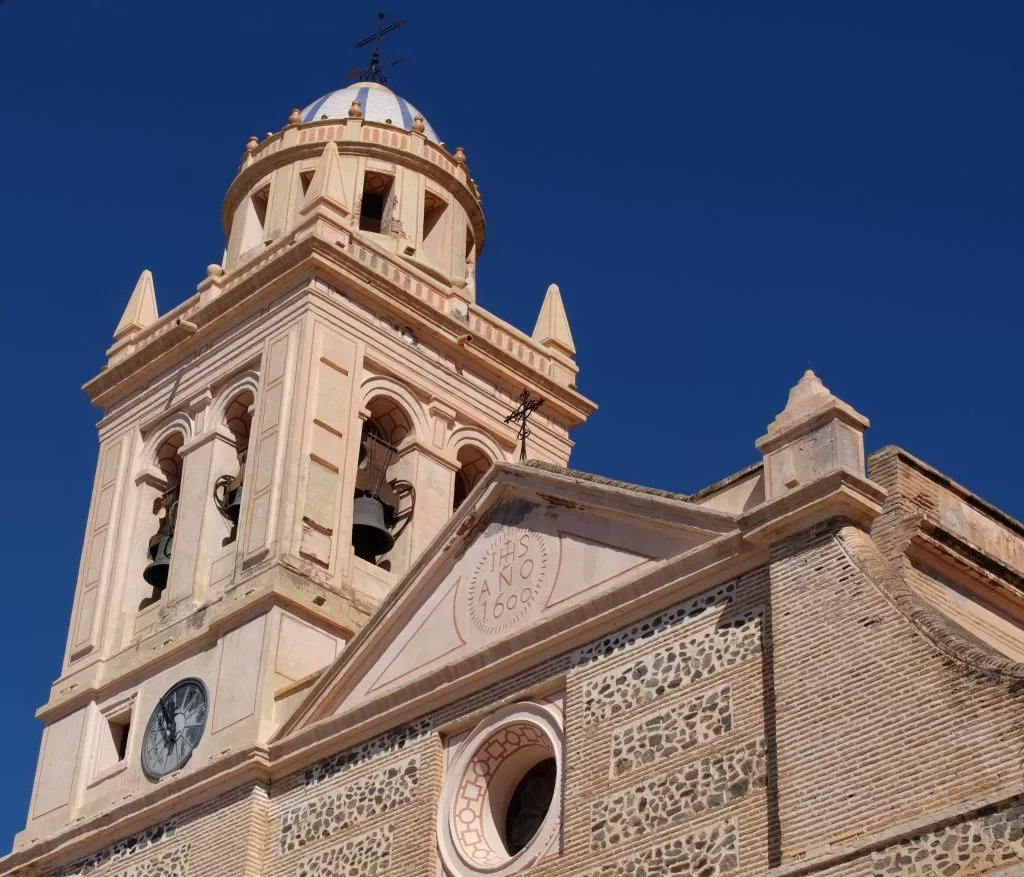
The curiosity of this temple is that several tombs of Phoenician origin have been found under the floor of the church, dating back to the 2nd century B.C. This site was therefore used as a necropolis 2,200 years ago.
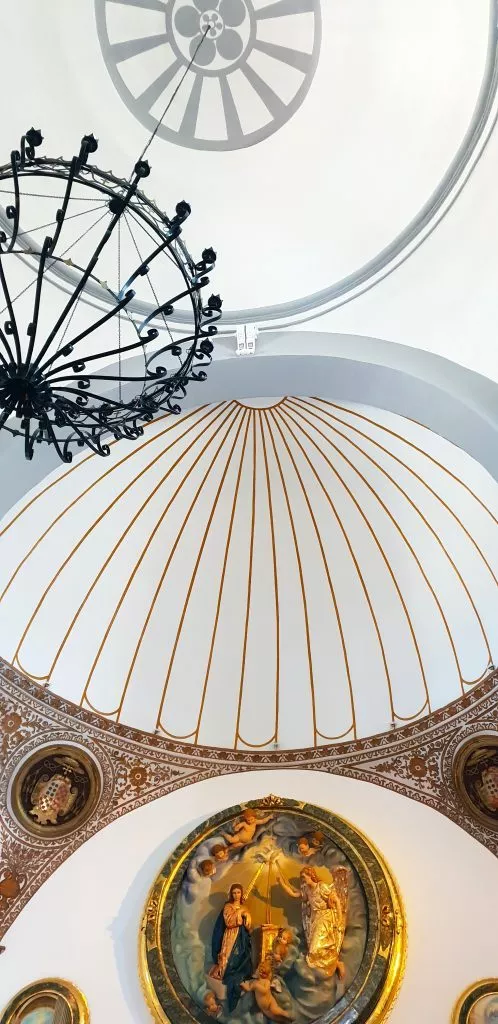
El Majuelo, a botanical and archaeological park
This park is located below the San Miguel castle. Up to 180 tropical plants can be admired here. Lovers of nature and those looking for a cool spot in summer will be delighted by its lush gardens.
Inside the park are the remains of a fish salting factory dating back to Roman times.
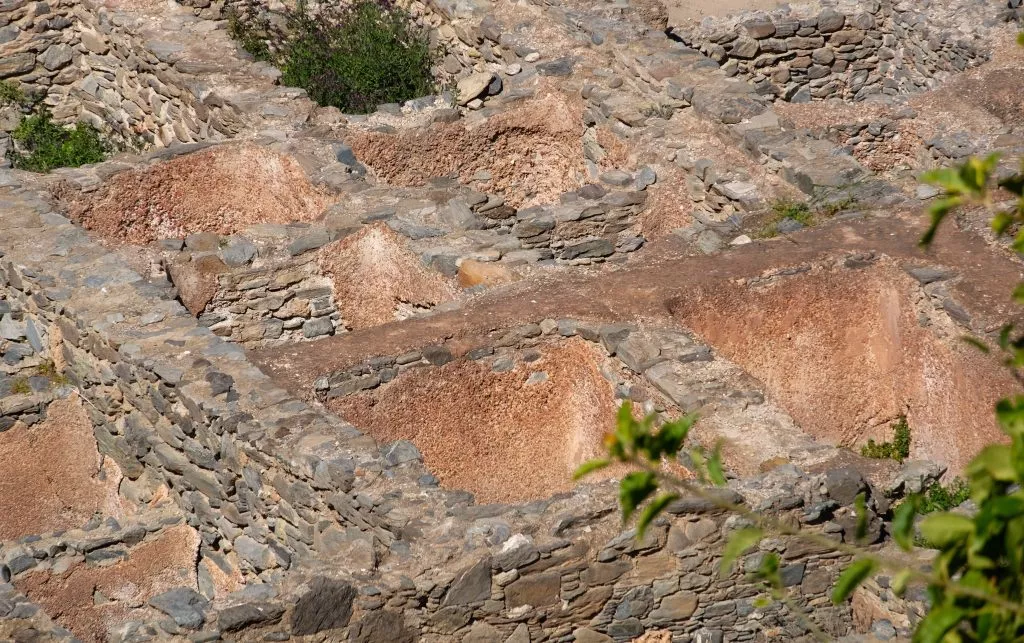
This is truly one of the town’s historic jewels. In Roman times, the town was a major centre for garum production. This condiment made from the flesh and viscera of fish was shipped by boat to Rome.

And here’s an incredible fact: the salt used in the salting process comes from a salt marsh that has been in operation for… 2,000 years. It’s called the Malahá saltworks. This is an unusual place, as the salt marsh is located in a semi-desert area, deep inland, just 17km from Granada’s Alhambra.
Finally, the 5-hectare El Majuelo park is close to San Cristobal beach.
San Cristobal Beach
For the best views of the city and the beach, take the walkway up to the Peñón de San Cristóbal. This is undoubtedly the best vantage point in the city.

Note: on the other side of the rock is the small beach of La Caletilla. In 2024, National Geographic magazine named it the 6th most beautiful beach in Andalucia, thanks to its panoramic views.
On the paseo maritimo in Almuñécar, along San Cristóbal beach, stands a sculpture paying tribute to a profession, but above all to a local figure: the espetero.
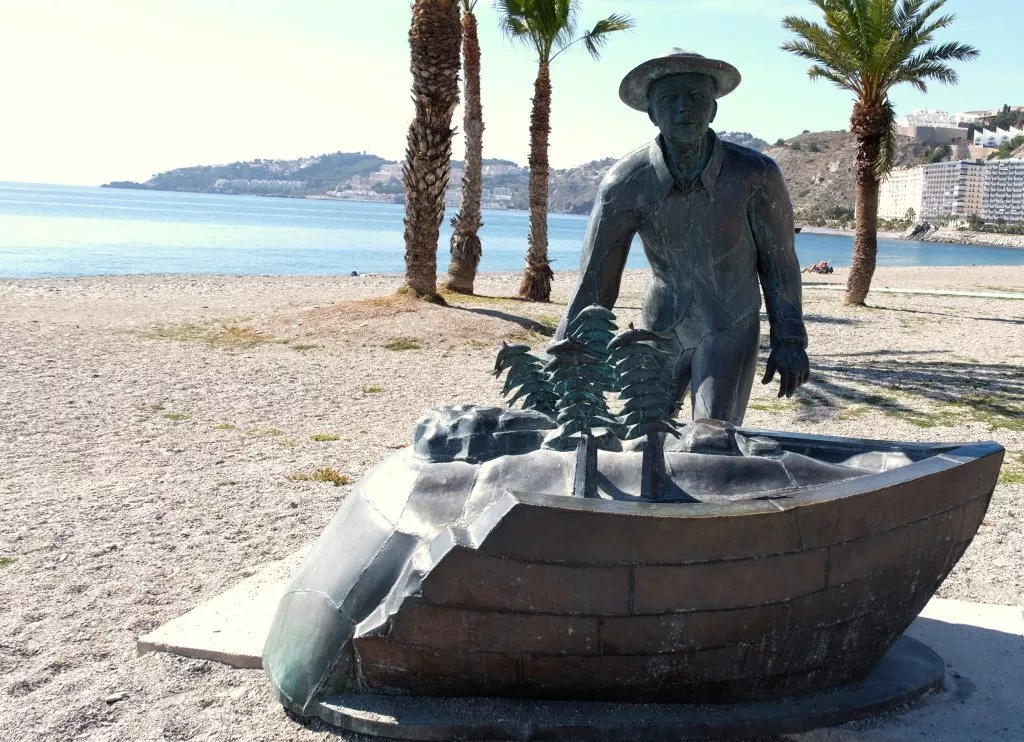
Note on the sculpture: It was created by Miguel Moreno, a world-renowned sculptor and goldsmith. This artist currently lives in Granada and has created a dozen sculptures in Almuñécar and La Herradura. In this article, the other two sculptures pictured (the tribute to the Phoenicians and that of Abd al-Rahman I) were also created by Miguel Moreno.
On the Costa Tropical, as on the Costa del Sol, espeto de sardinas is a traditional dish eaten mainly in chiriguintos on the beach.
For those with a sweet tooth at breakfast there’s also the option of eating some good churros 🙂.
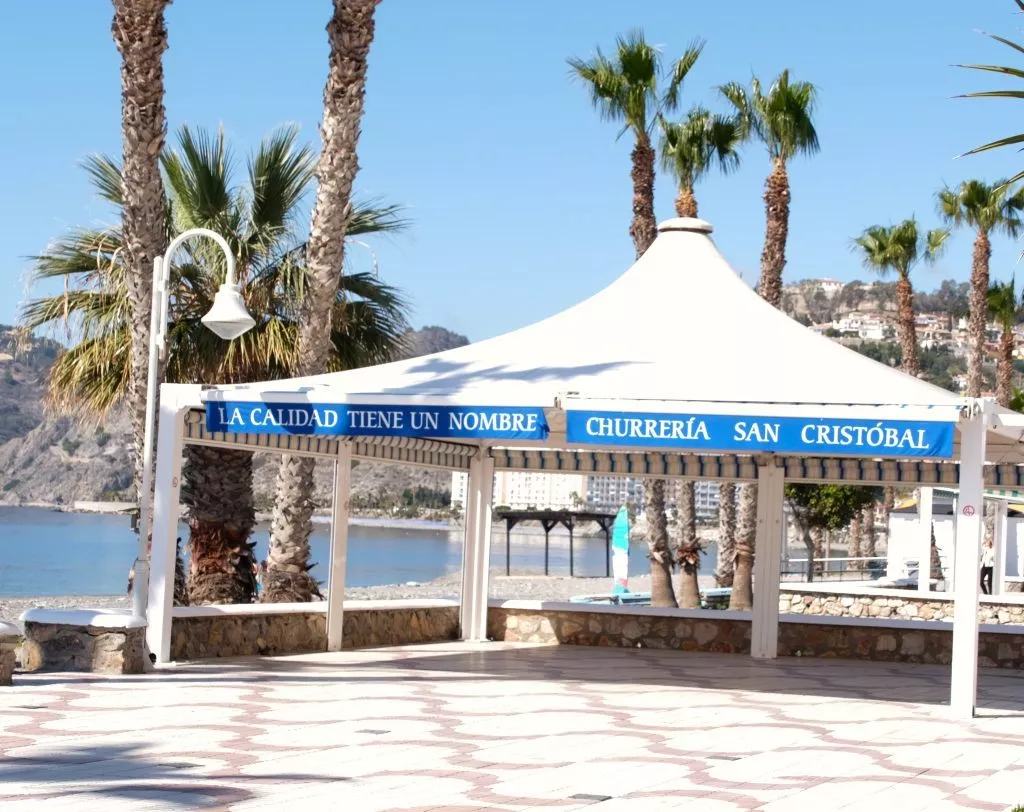
Also worth seeing in Almuñécar: the Maro-Cerro Gordo park
Between the provinces of Granada and Málaga lies the Paraje Natural Acantilados de Maro-Cerro Gordo. This park is located in the municipalities of Nerja and Almuñécar.
The beauty of its landscapes, cliffs, beaches, coves and the large number of Iberian goats in the park are a real surprise.
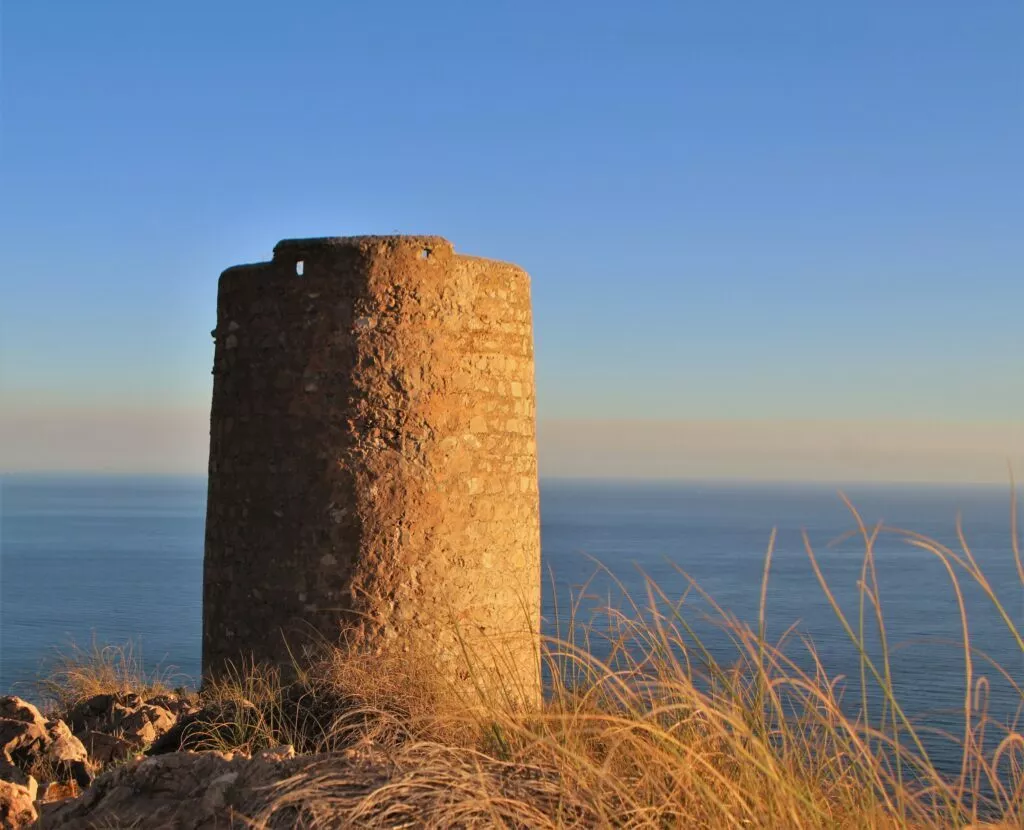
On the left-hand side of this tower, as you walk along, you can admire the entire bay of La Herradura.
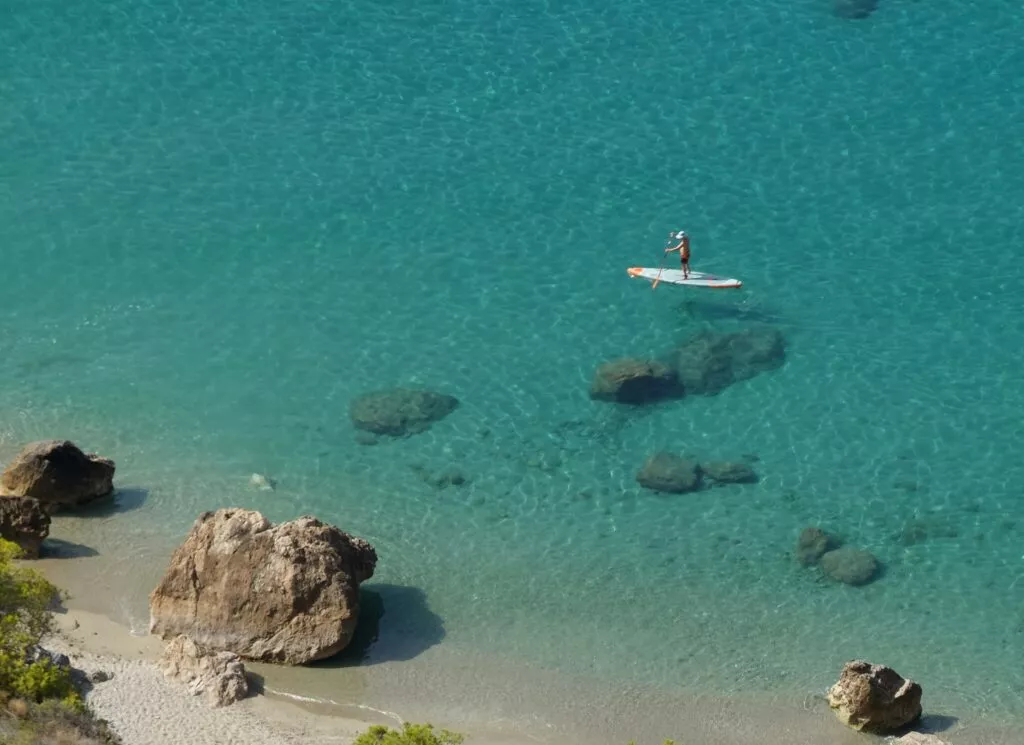
Loro Sexi Botanical Ornithological Park
Located near the Peñon de San Cristobal and the Plaça Abd al-Rahman. Many species can be seen here, with around 1,500 birds.
A fiesta to see and experience in Almuñécar
The coastal town of Almuñécar celebrates its patron saint fiestas in honour of the Virgen de la Antigua Coronada every year between 9 and 15 August.

For May travellers, there’s an exceptional festivity to enjoy too: the San Isidro romería, which takes place in mid-May every year.
In conclusion, Almuñécar offers many unforgettable treasures and experiences. Spend a little time here, and you’ll discover plenty of beautiful things, while enjoying the spectacular setting between the tropical fruit fields (anones, medlars and mangoes, etc.) and its beautiful beaches with crystal-clear waters.
What can you do in Almuñécar and La Herradura?
Below are a number of ideas for activities and visits. You can book them online today.
Bonus: all activities can be cancelled up to 24 hours before the scheduled date.
For scuba diving and snorkelling enthusiasts, I recommend this nautical centre which, although based in Torrox, organises these activities on La Herradura and Almuñécar: Torrox diving and snorkelling centre.
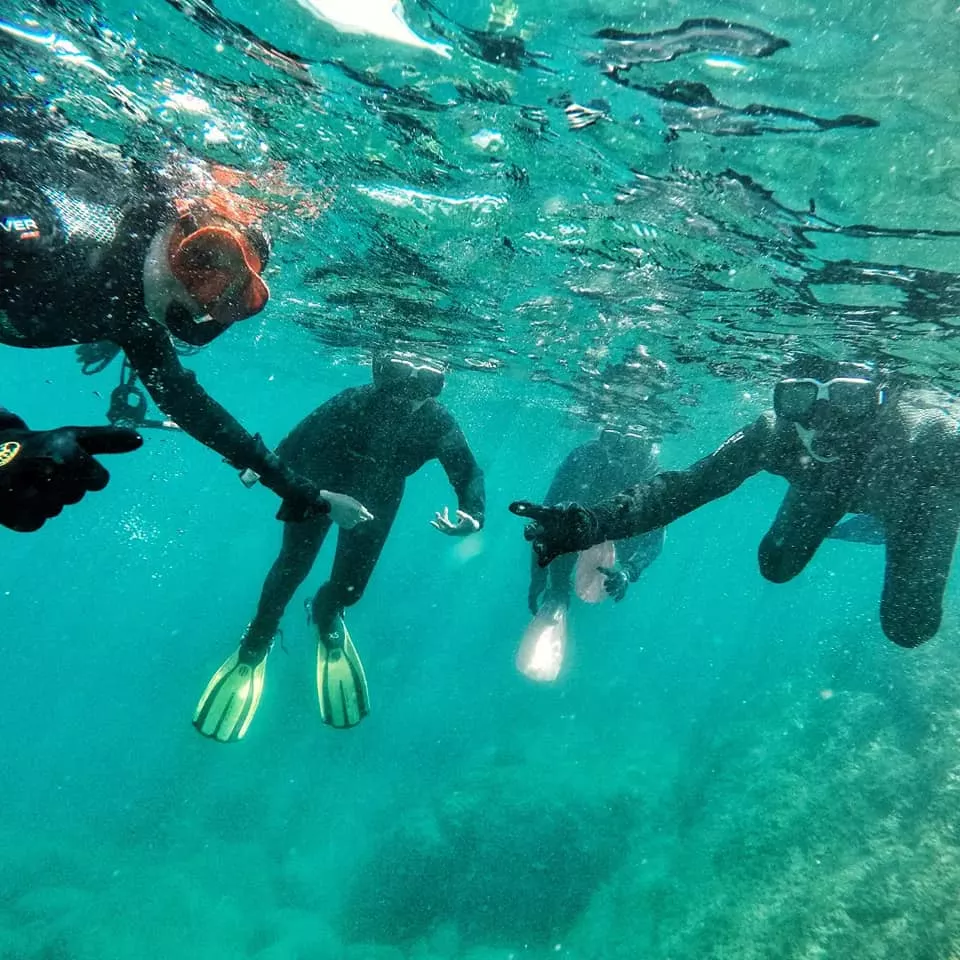
An extraordinary idea for a visit to Almuñécar
On the heights of La Herradura, a man called Manolo owns a tropical fruit farm that’s great to discover.
He also owns the most northerly coffee plantation in the world. A curiosity to discover and much to learn about local cultures and permaculture, as he practises it.

To find out more about visiting this tropical farm on the Costa Tropical, here’s the link to visit a tropical fruit farm in Almuñecar.
What can you see near Almuñécar?
If you want to stay on the coast, the little white village by the sea, Salobreña, is a little gem to discover. Salobrena is nicknamed the “Pearl of the Costa Tropical”.
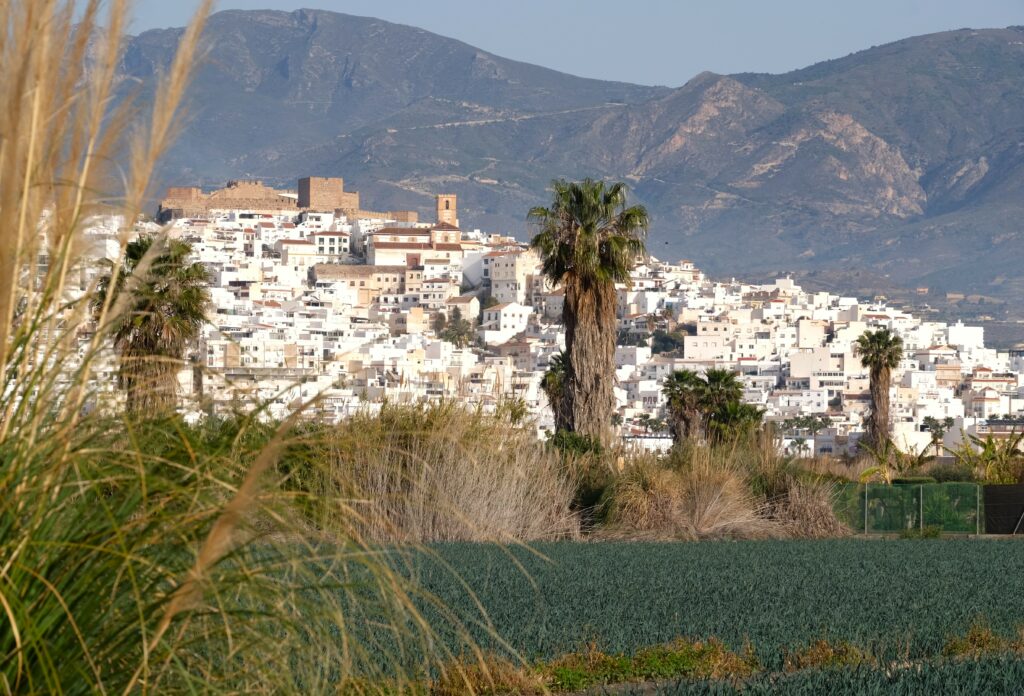
PFor lovers of the mountains and pure authenticity, at the foot of the Sierra Nevada, and still in the province of Granada, there are the villages of the Alpujarra, such as Pampaneira and Capileira. They are beautiful and unique, and make a great stop-off point on any trip to Andalucia.
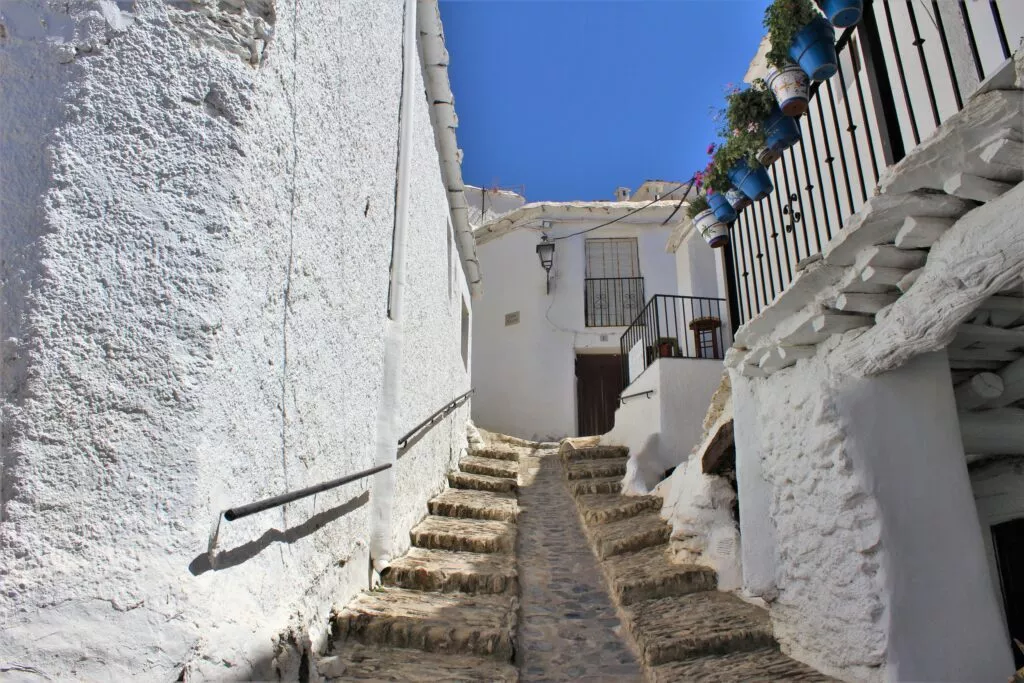
Book accommodation in Almuñécar
Below you will find the widest possible choice of accommodation in Almuñécar.
Some useful links (car hire, ideas for visits)
Easy and economical bookings
If you are in Andalucia as part of a tour with several major cities to visit, here are some links that may be of interest:
Seville
Seville, the capital of Andalucia, is a city full of treasures to discover and monuments to visit.
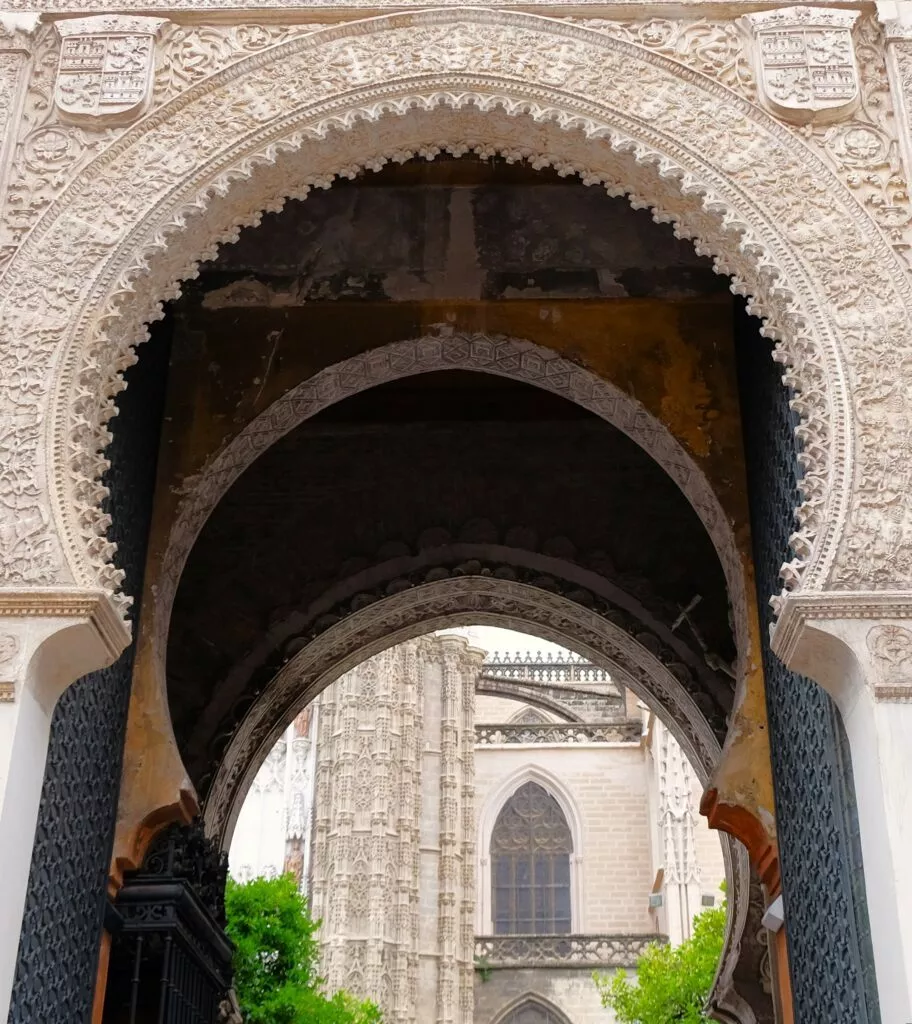
Here you will find everything you can see in Seville in 3 days. And for those who will stay longer you will also find information on secret Seville and the Santa Cruz and Triana districts.
Cadiz
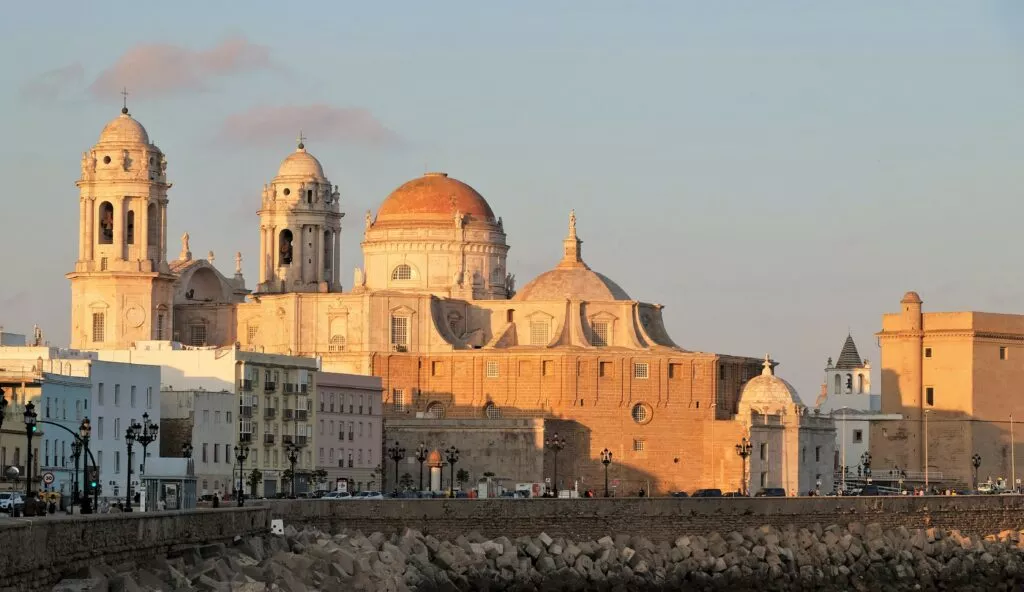
Visit Cadiz, a city with an incredible past and great beauty, on the Costa del la Luz.
Malaga
When you reach the Costa del Sol you will find in this link all must-sees in Malaga :

Cordoba
And of course, visit Cordoba, the caliphate city, and the Juderia district
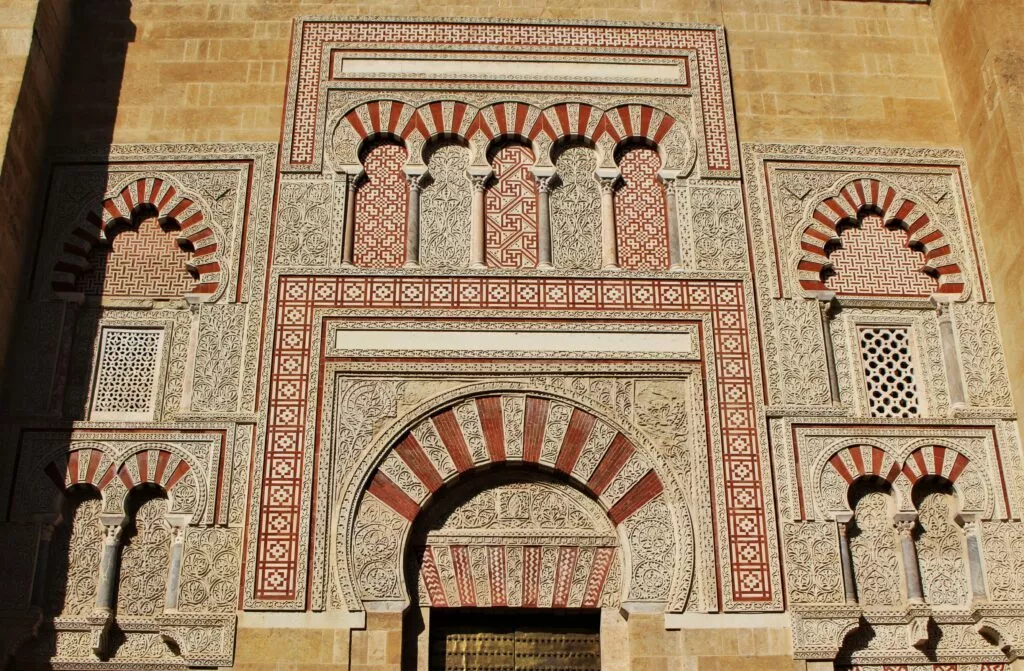
If you’d like to see more of the beautiful sites, here’s a link to other blog posts about Andalucia.
Here is the link to receive our newsletter from the andaluciamia.com blog.
Here are the latest articles on Andalucia
-
Interactive map of Andalucia with best places to see
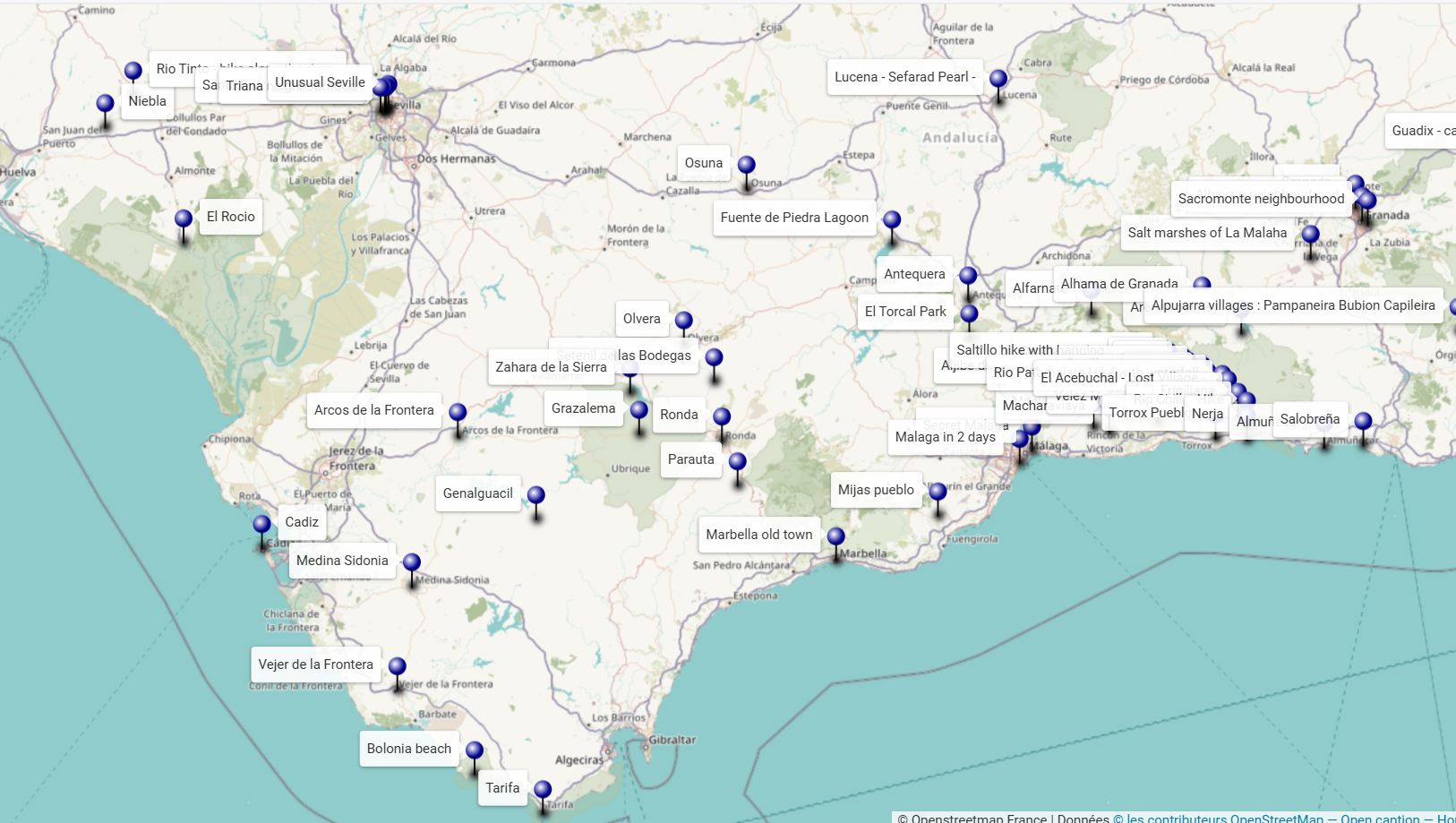
An interactive map of Andalucia to discover the sites to see around your holiday destination or to prepare a tour or road-trip.
-
What to see in Montefrio Spain, a wonderful little place

Here’s everything you need to see in Montefrio – Granada province -, a village steeped in history with fabulous views.
-
What to see in Canjayar, a wonder in the Alpujarra almeriense
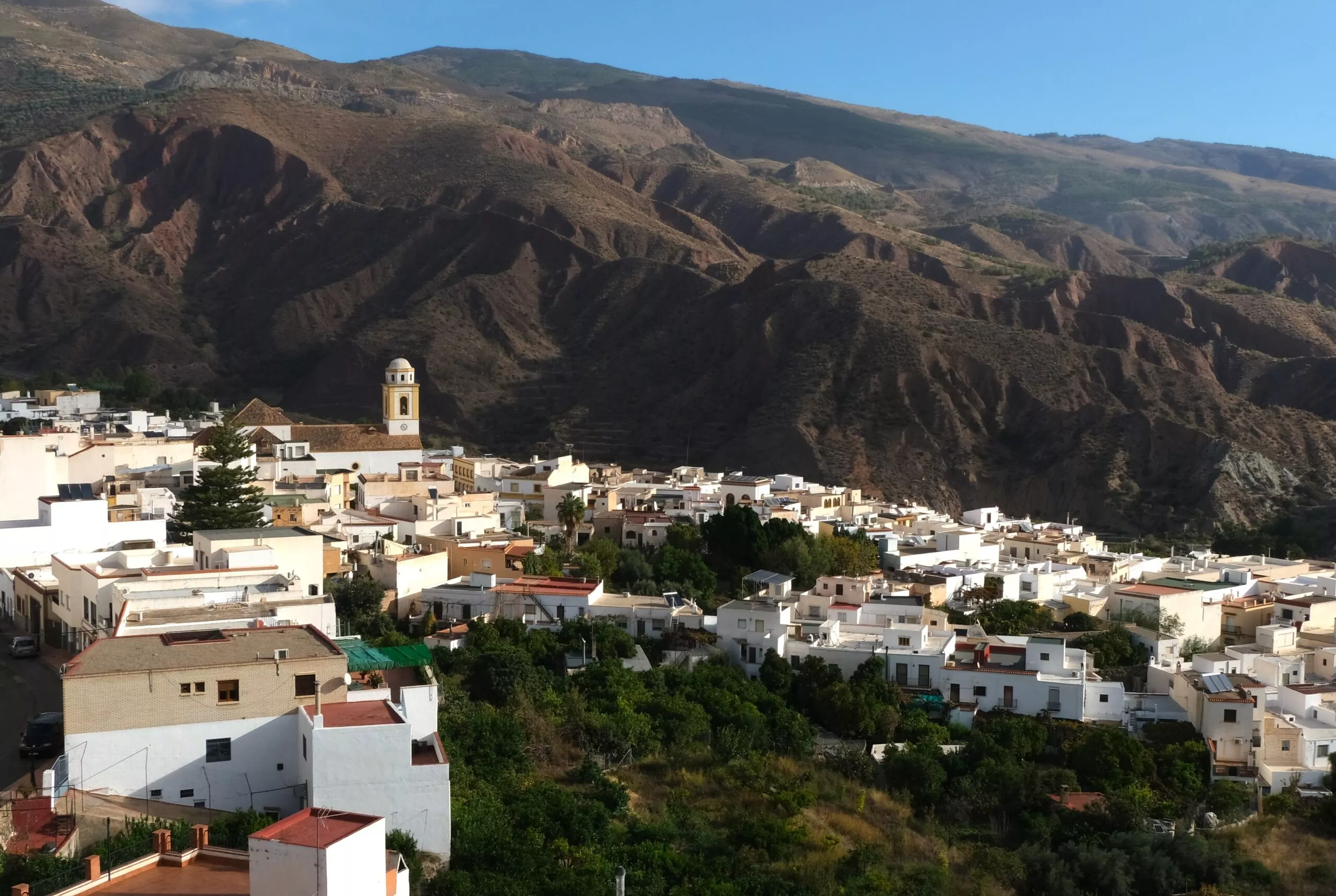
Here is what to see in Canjayar, a wonderful village in the Alpujarra almeriense, at the foot of the Sierra Nevada Park.
-
What to see in Macael in Andalucia, the capital of white gold
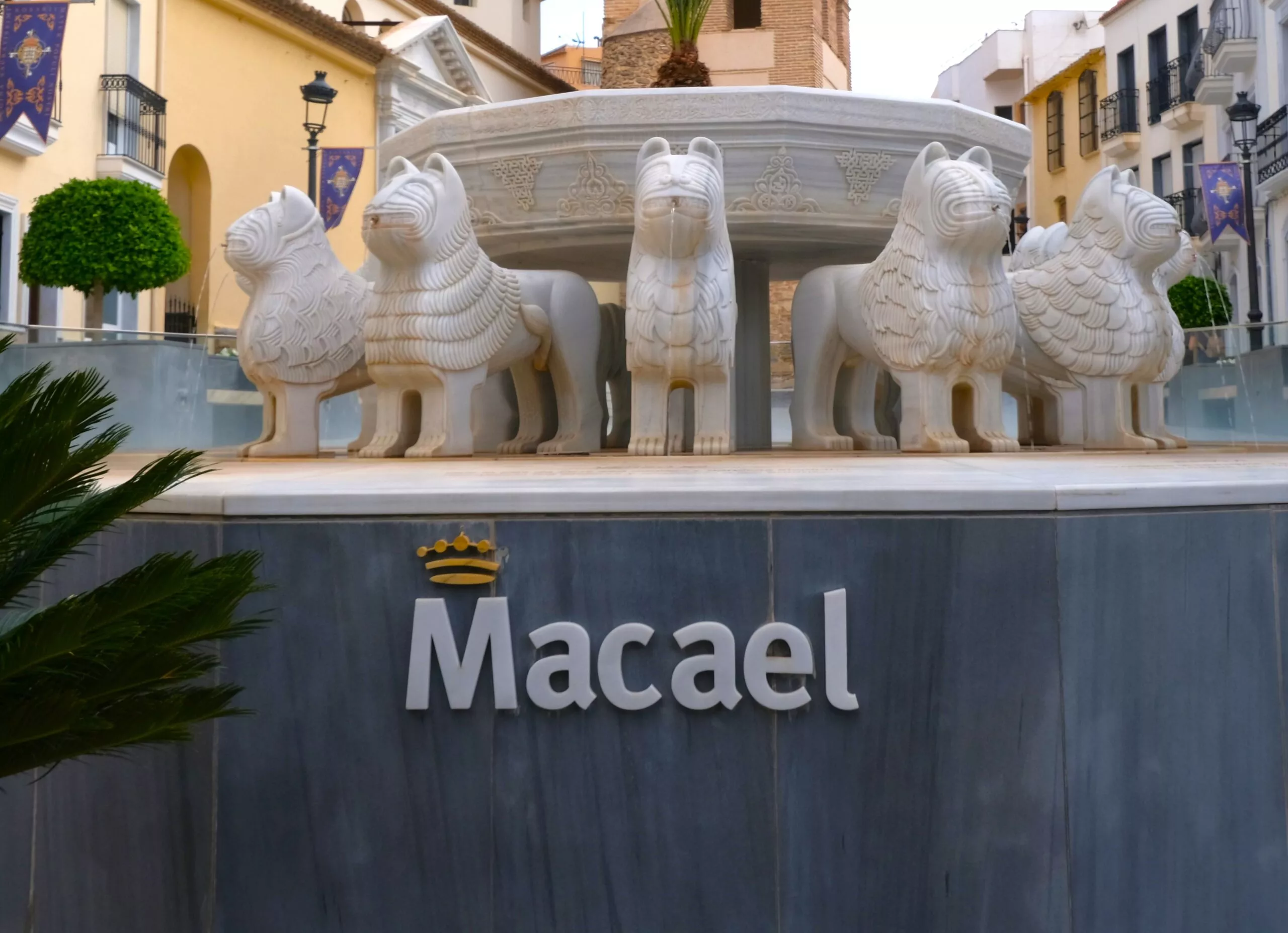
Here are all the essential things to see in Macael, Andalucia’s surprising and somewhat forgotten white gold town. A must-see.
